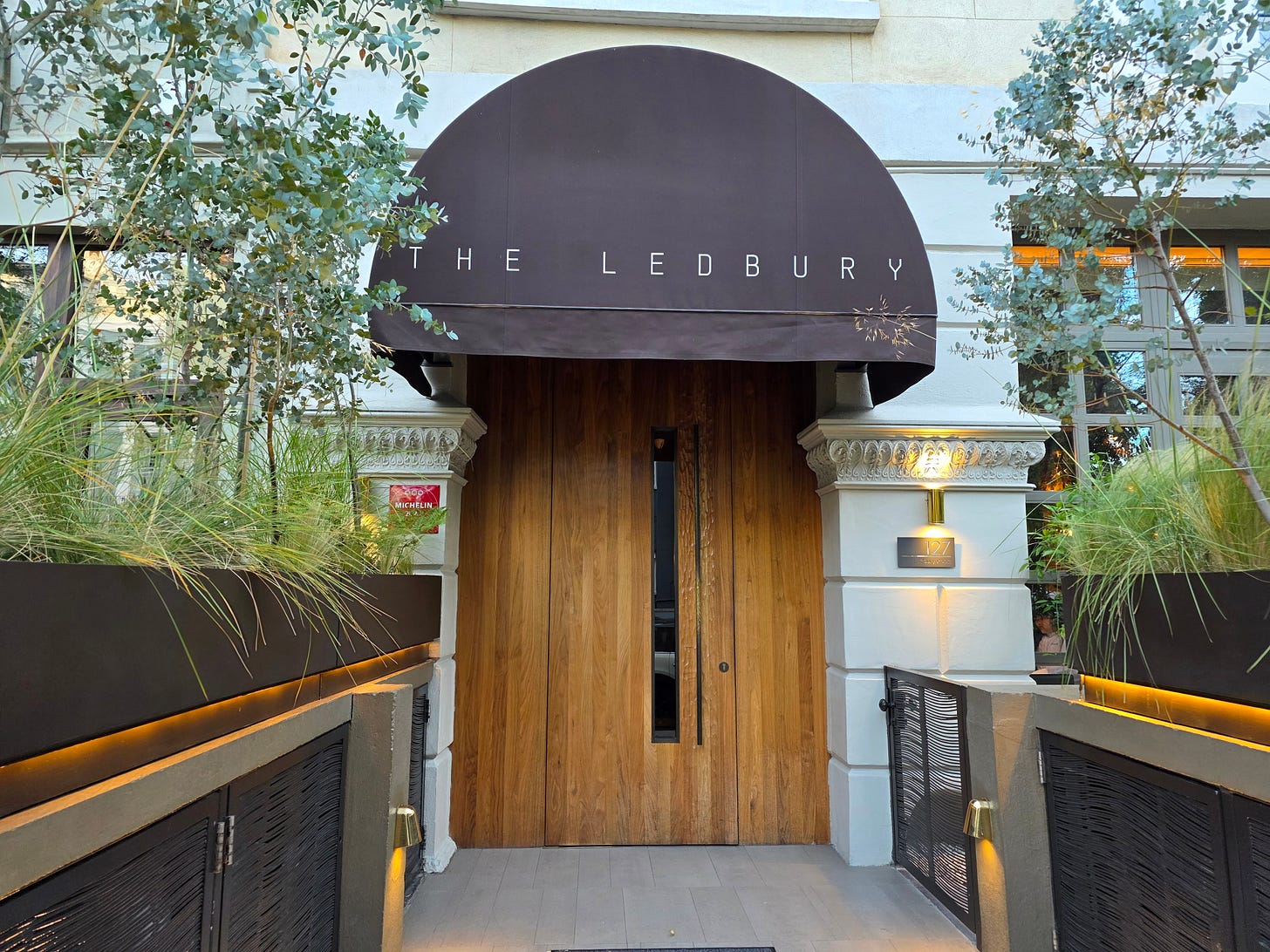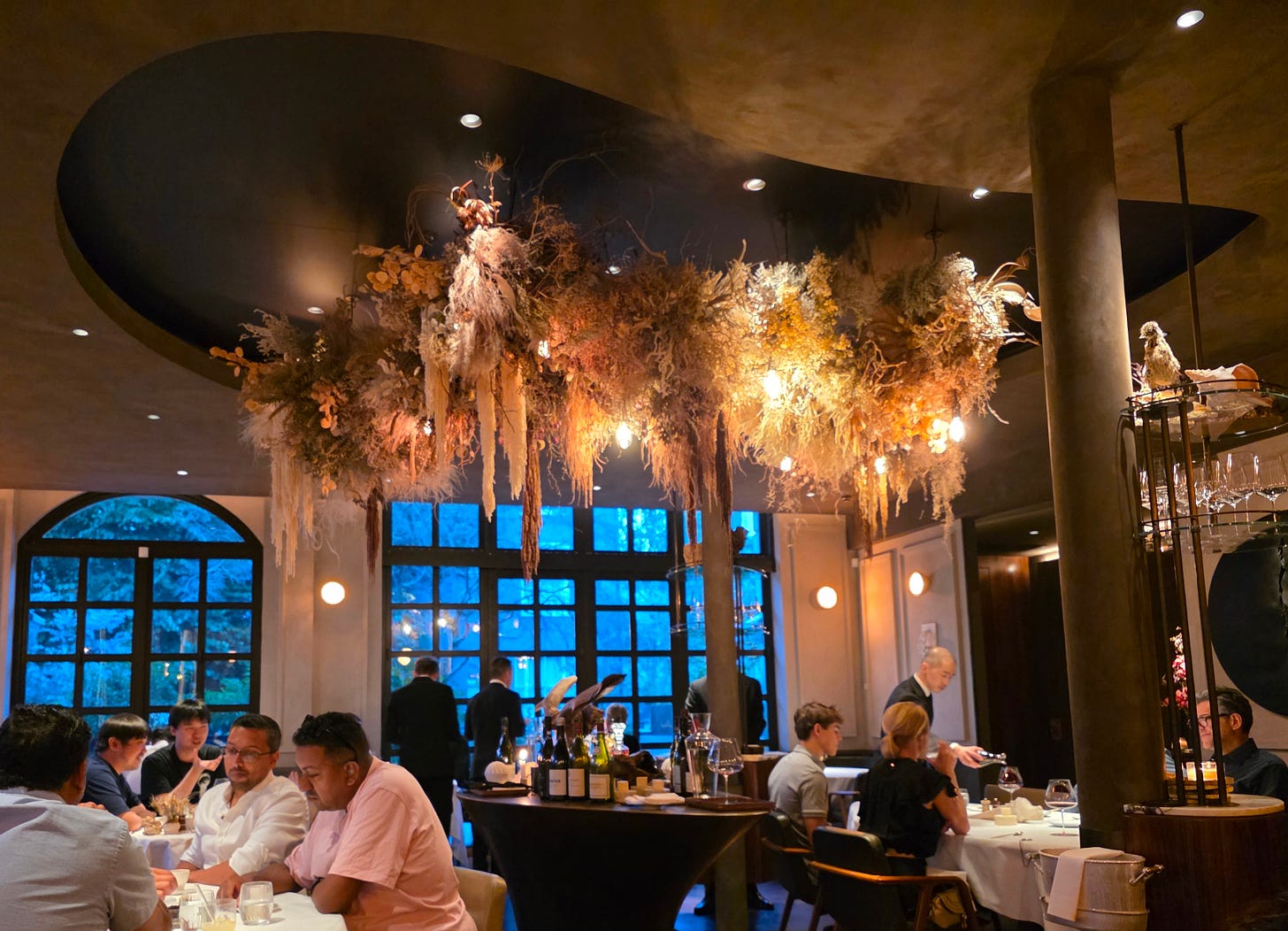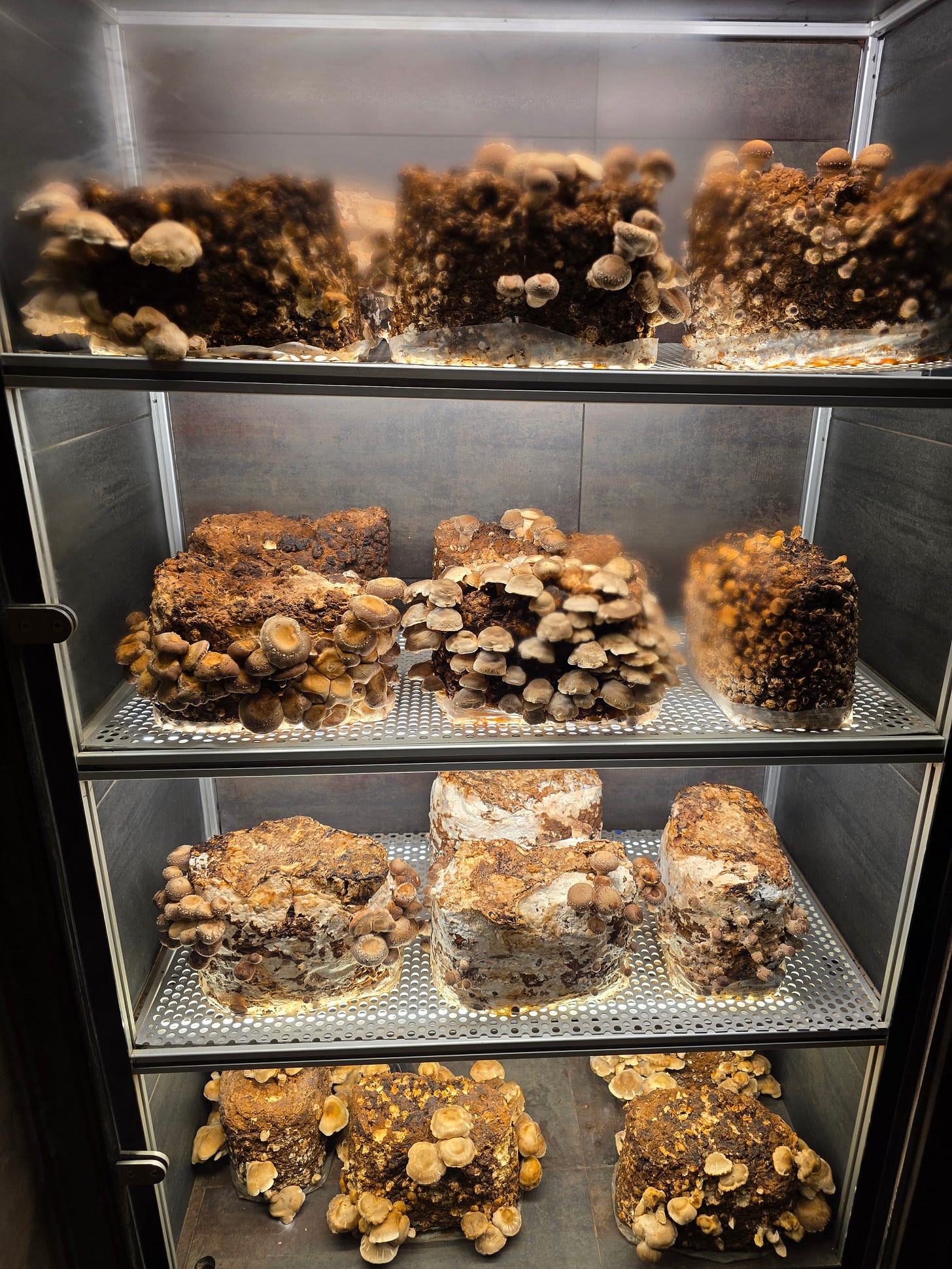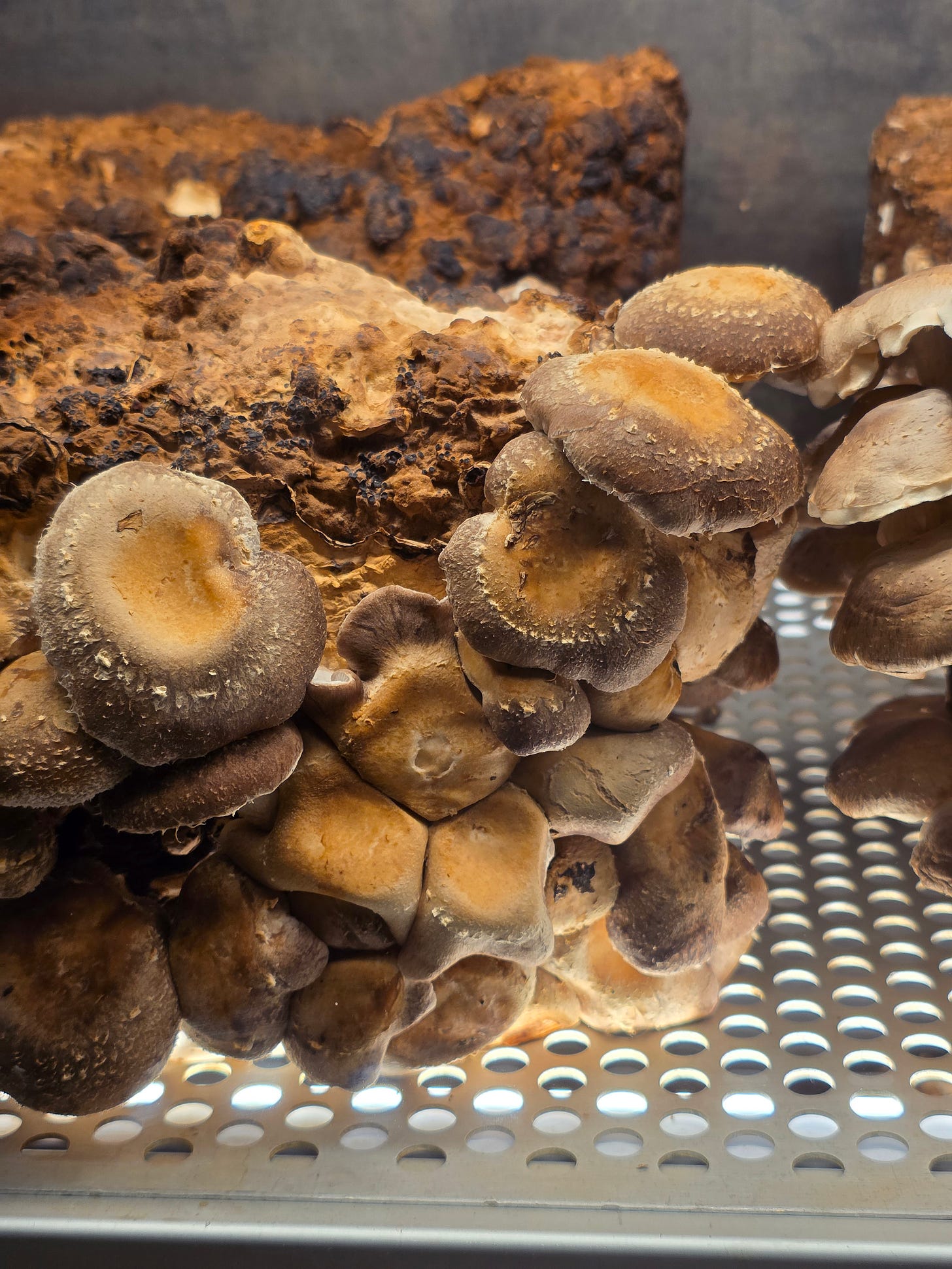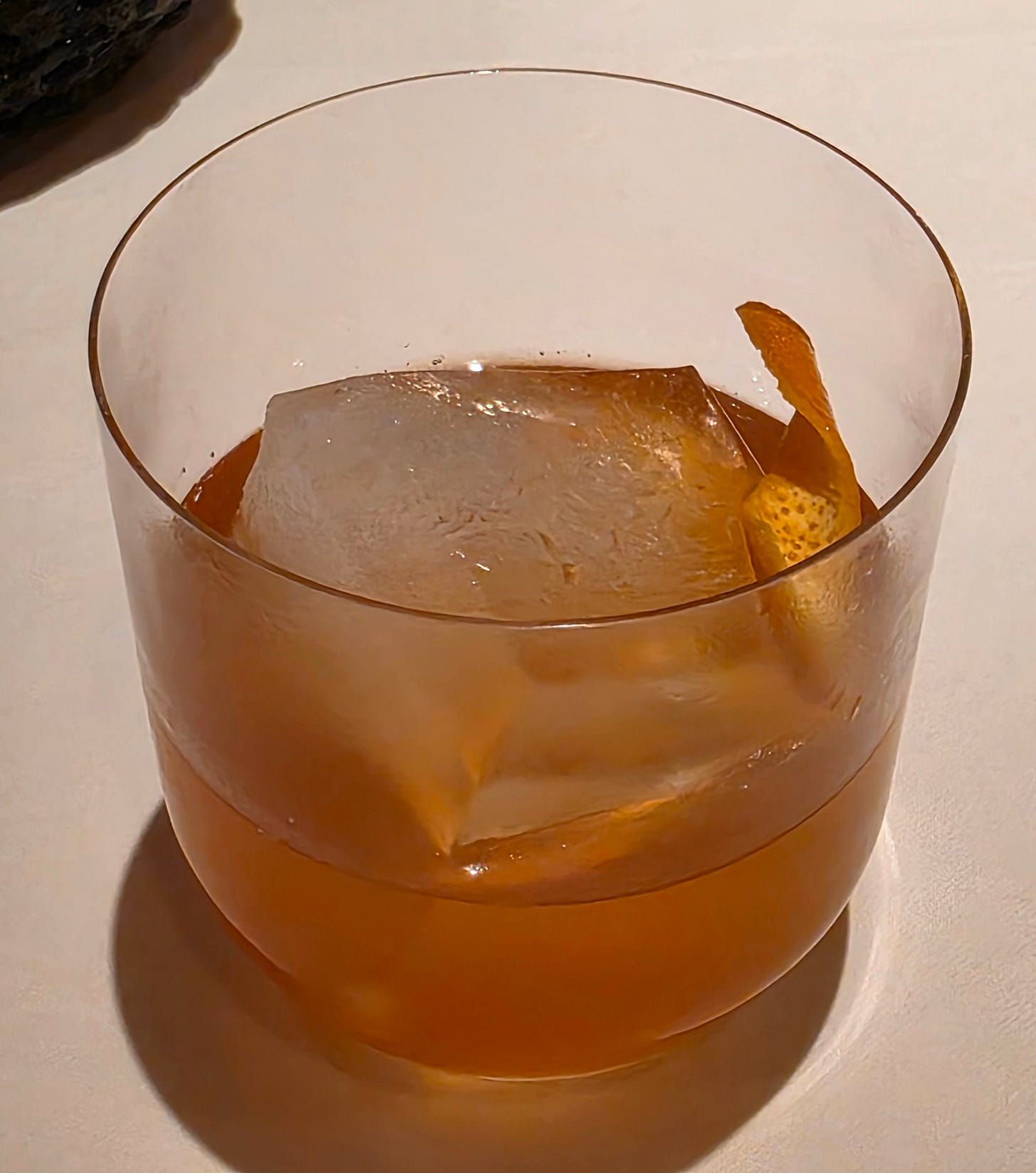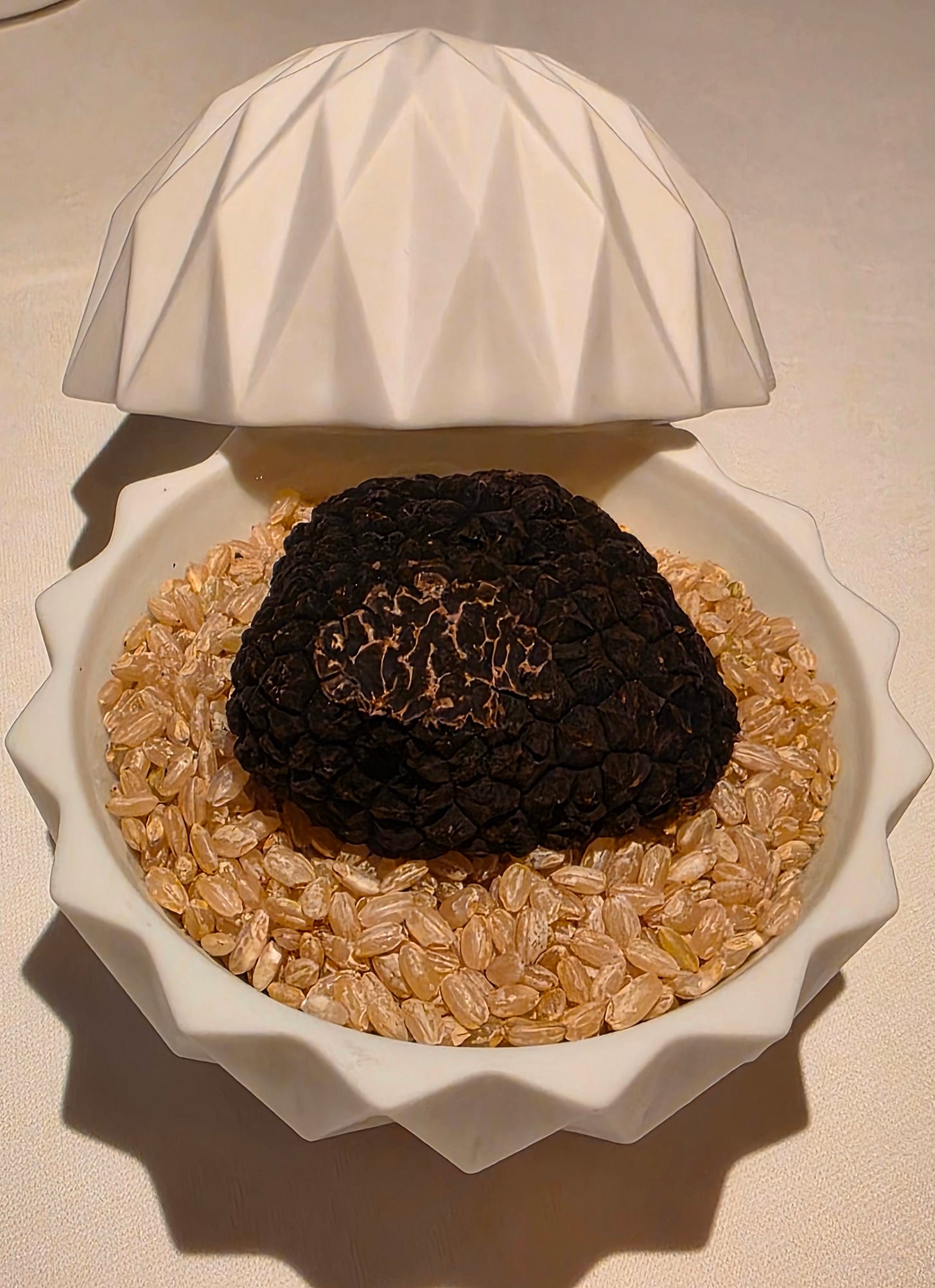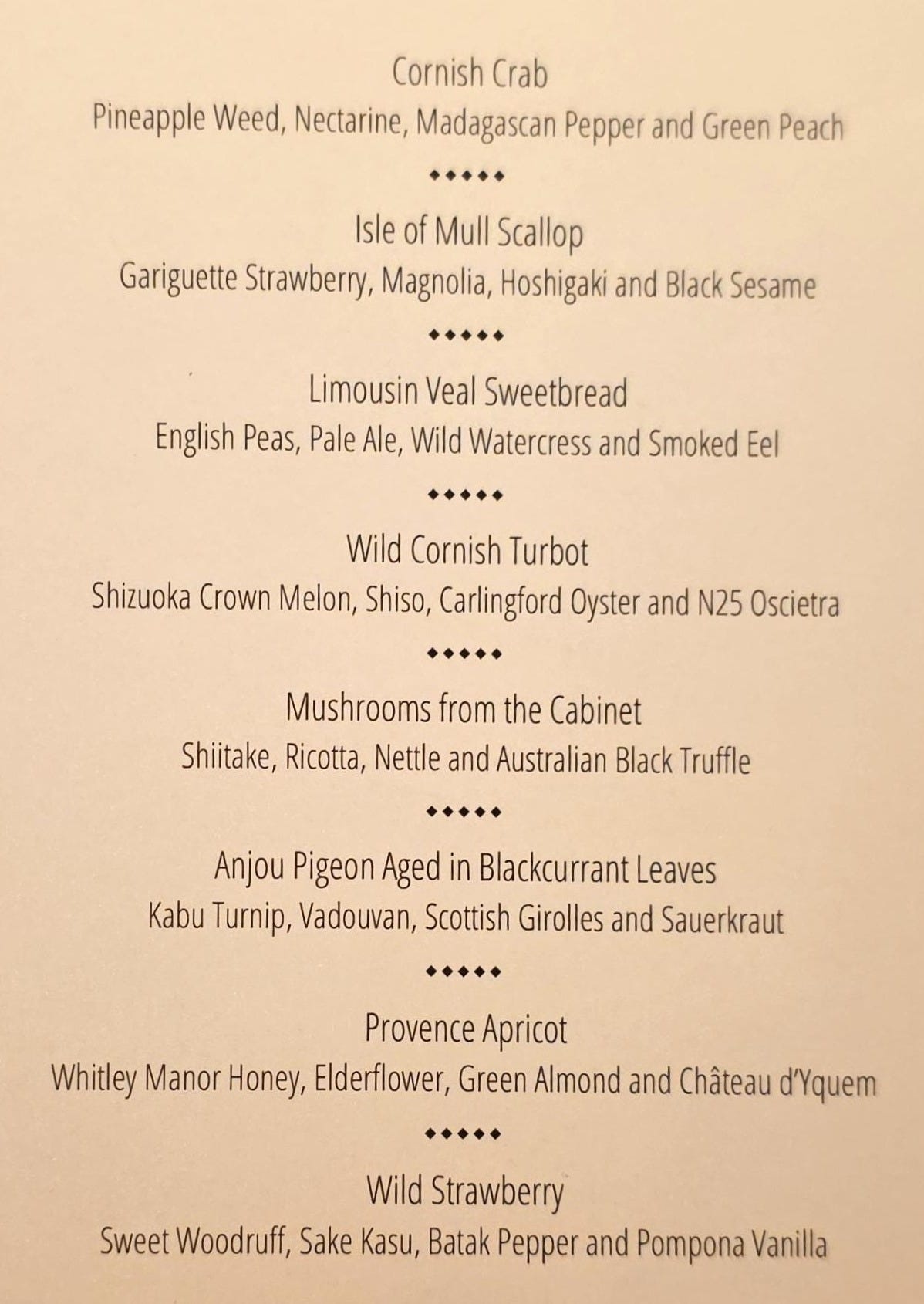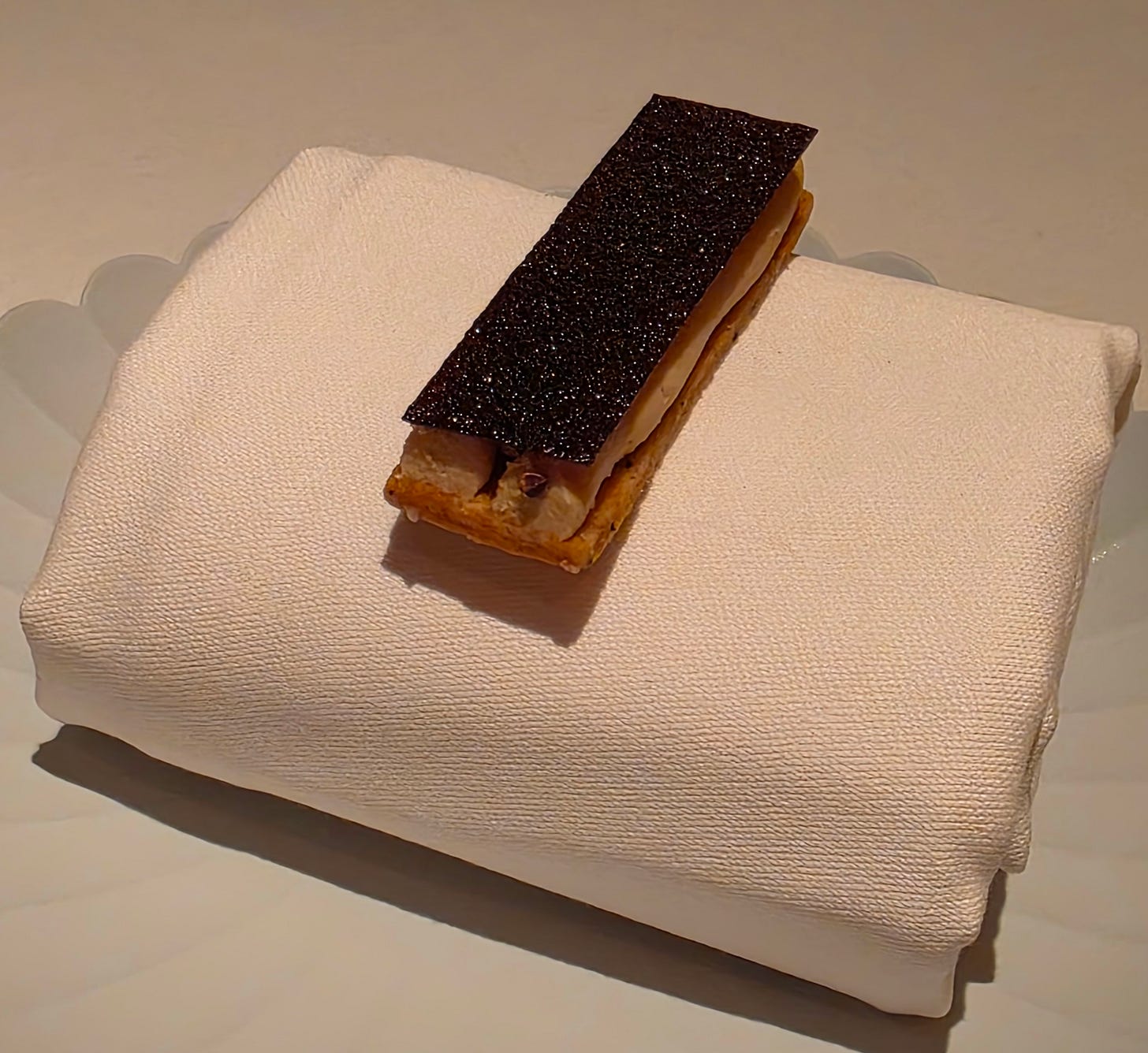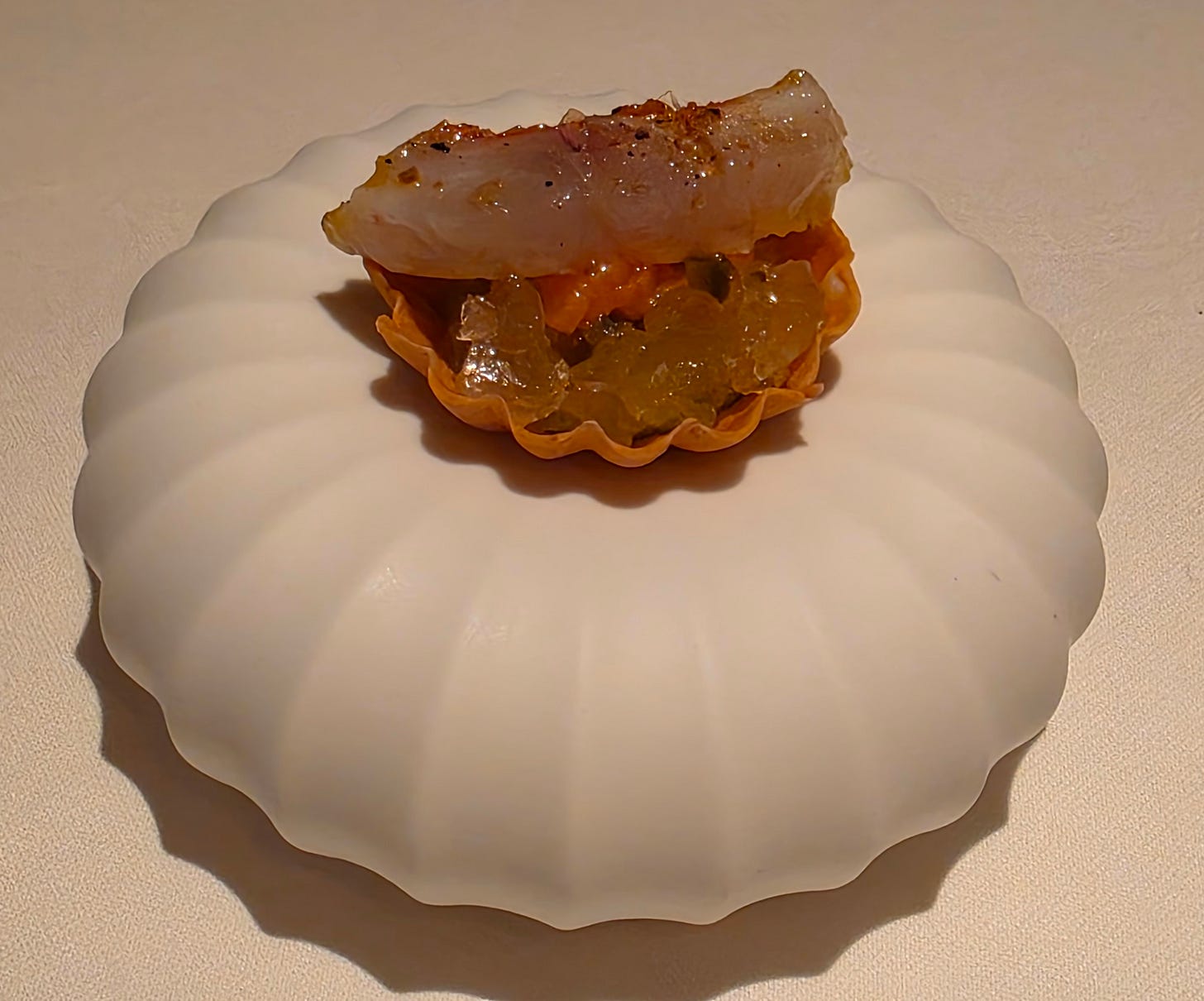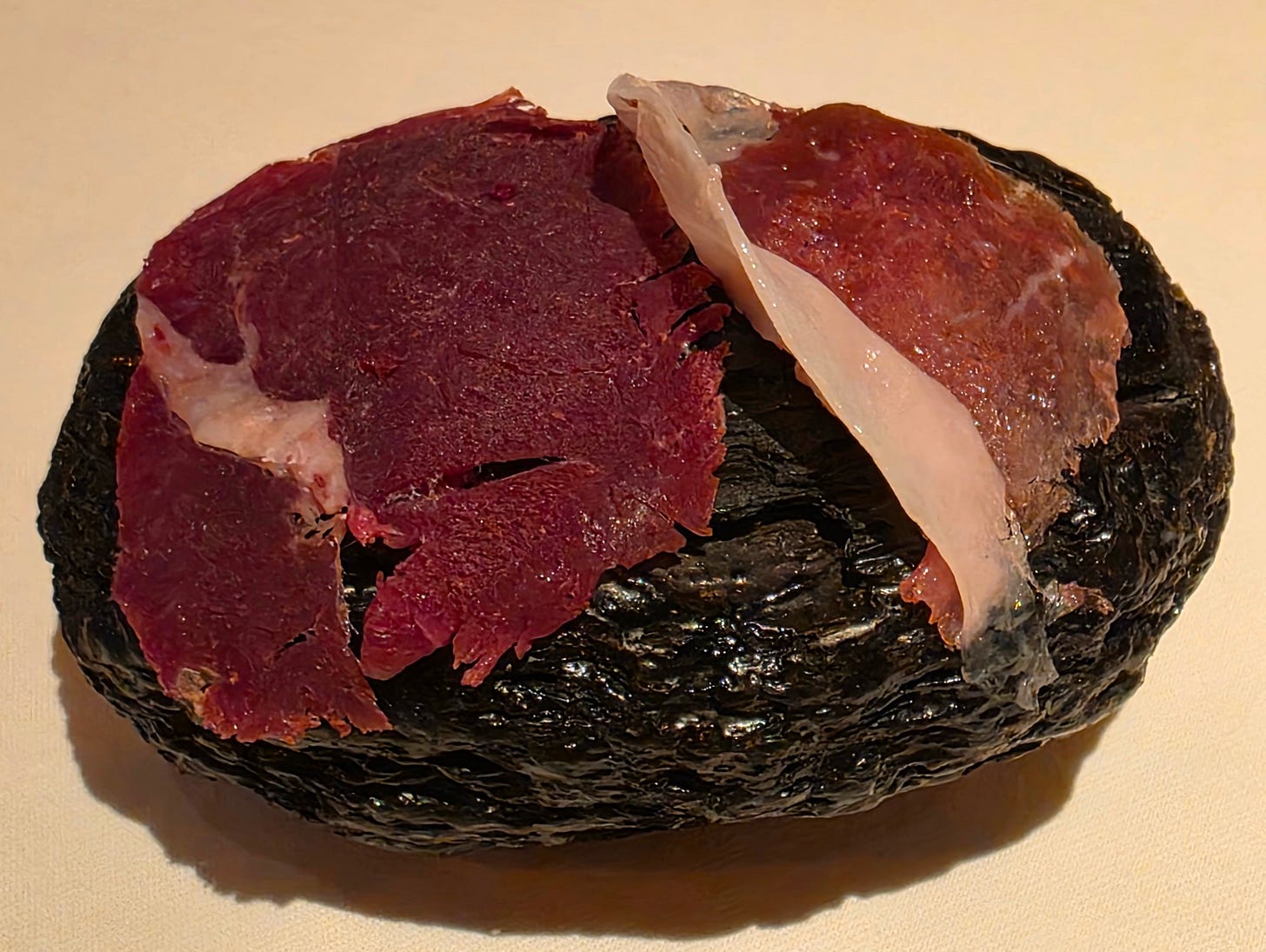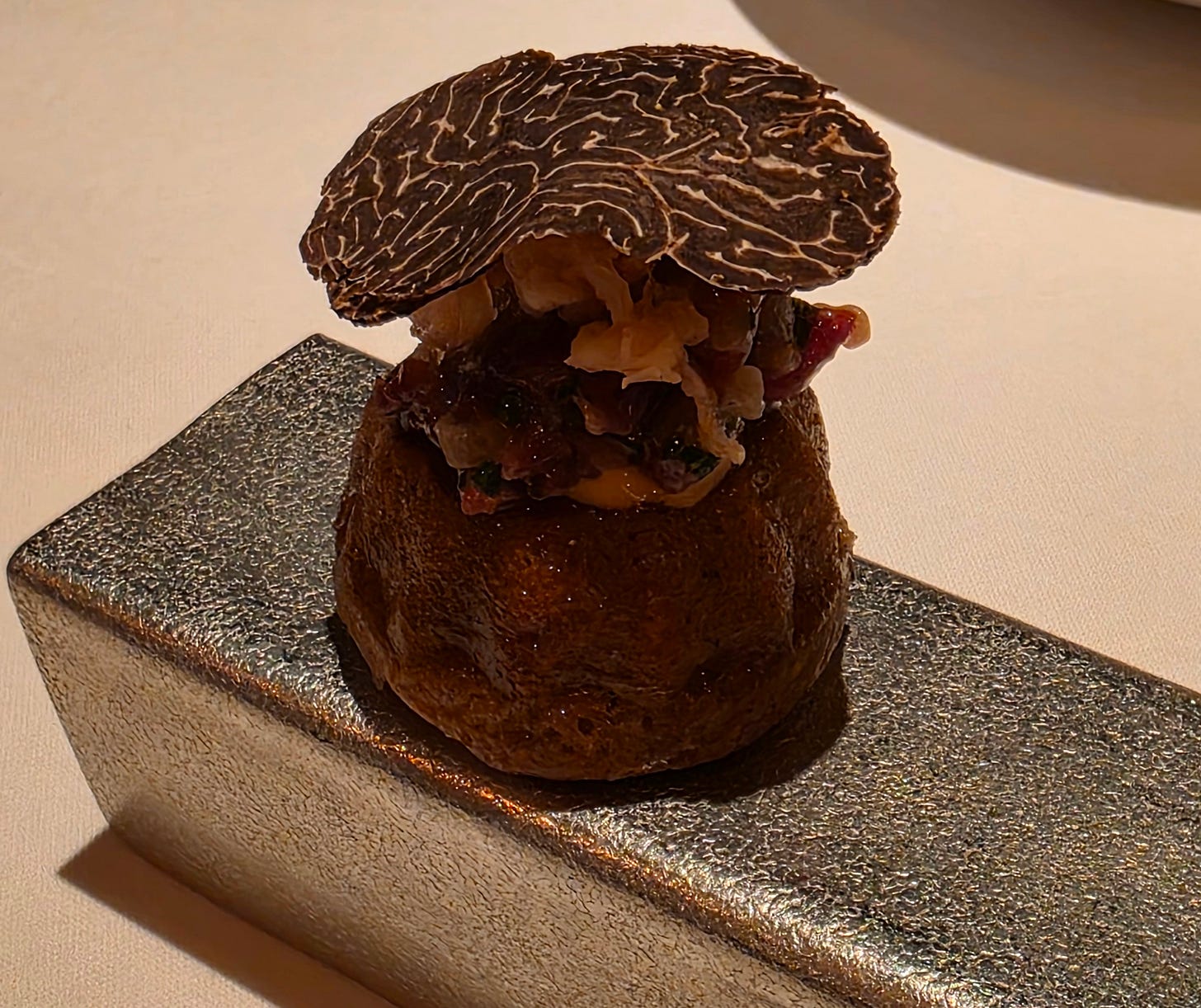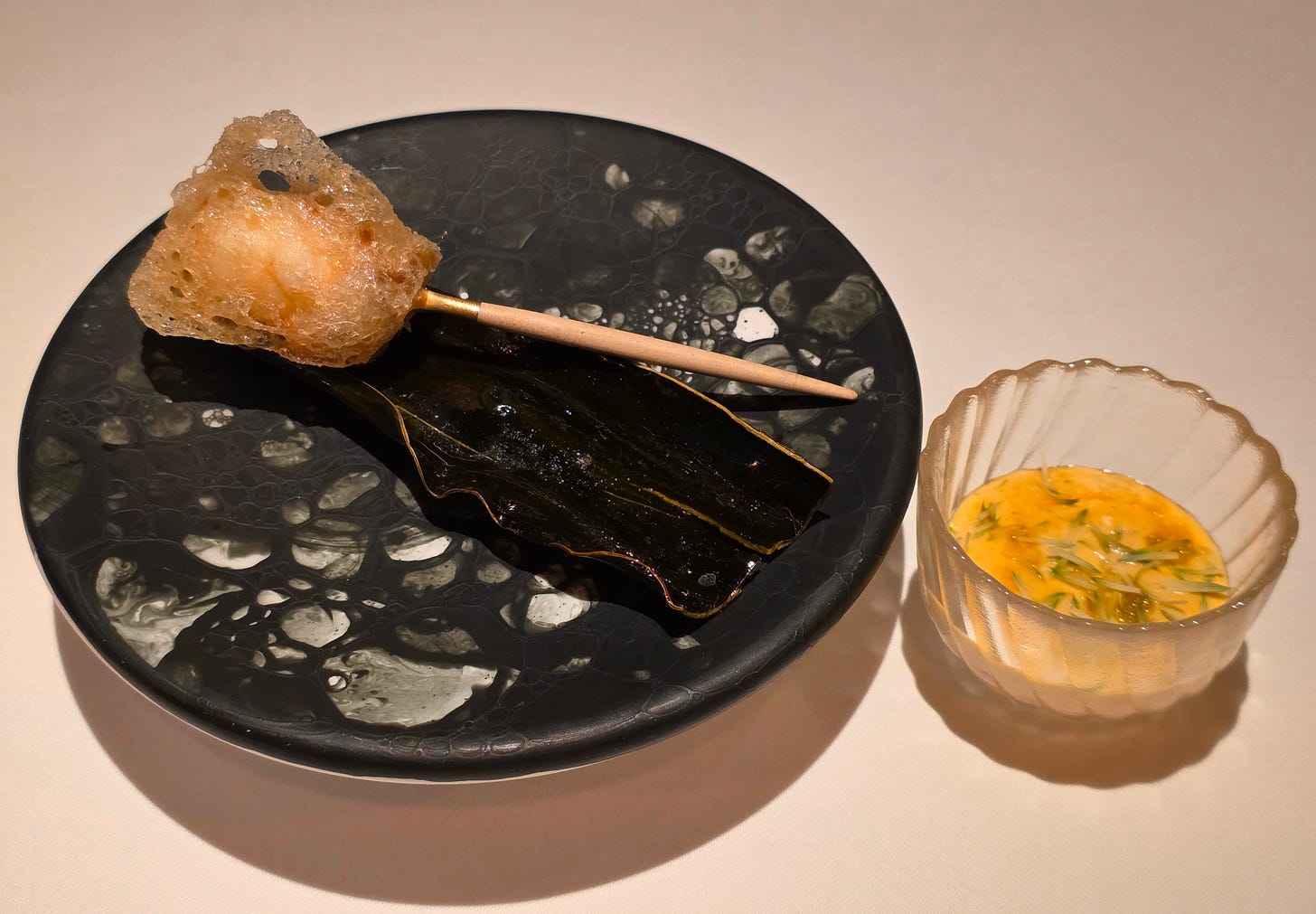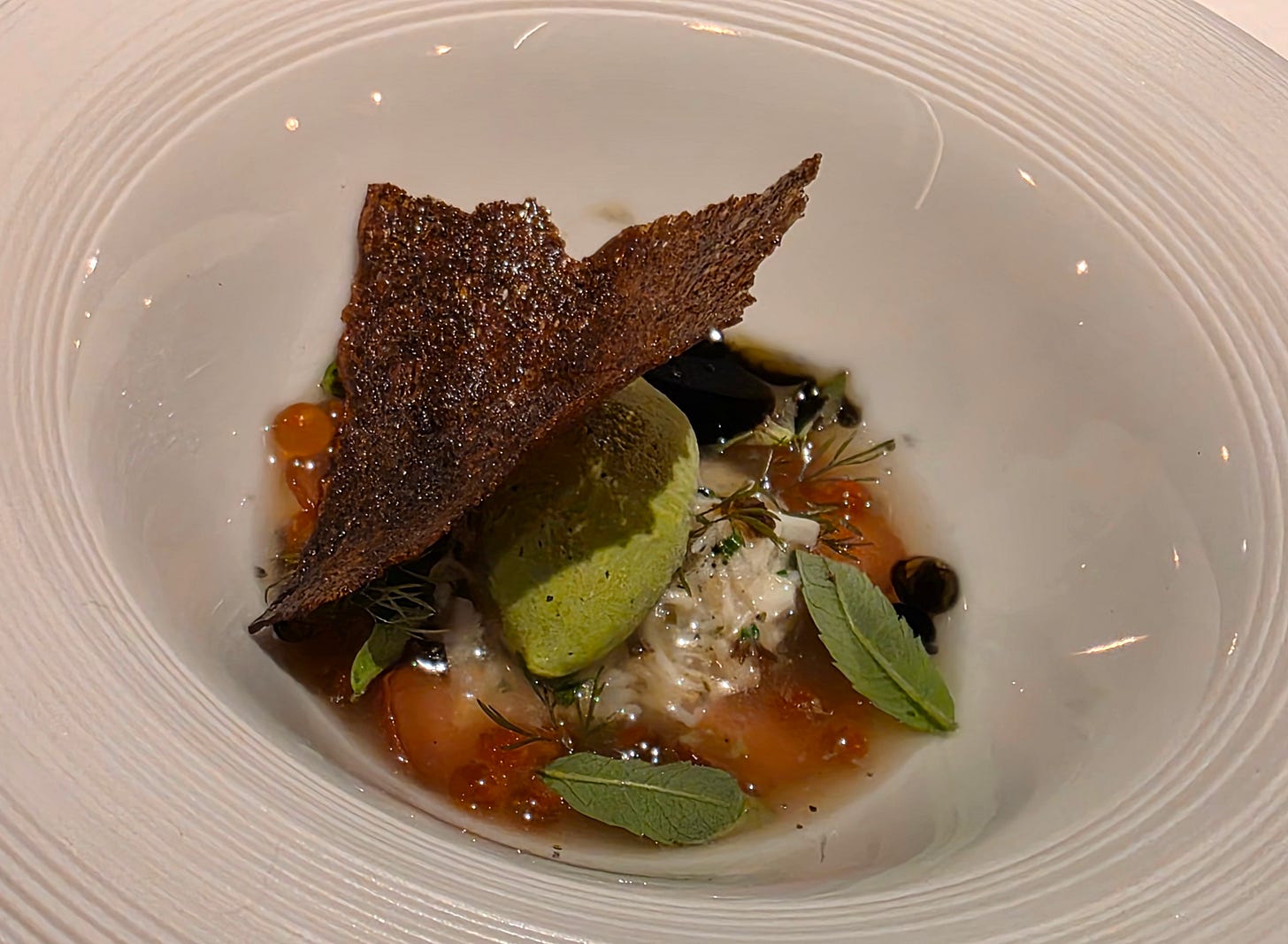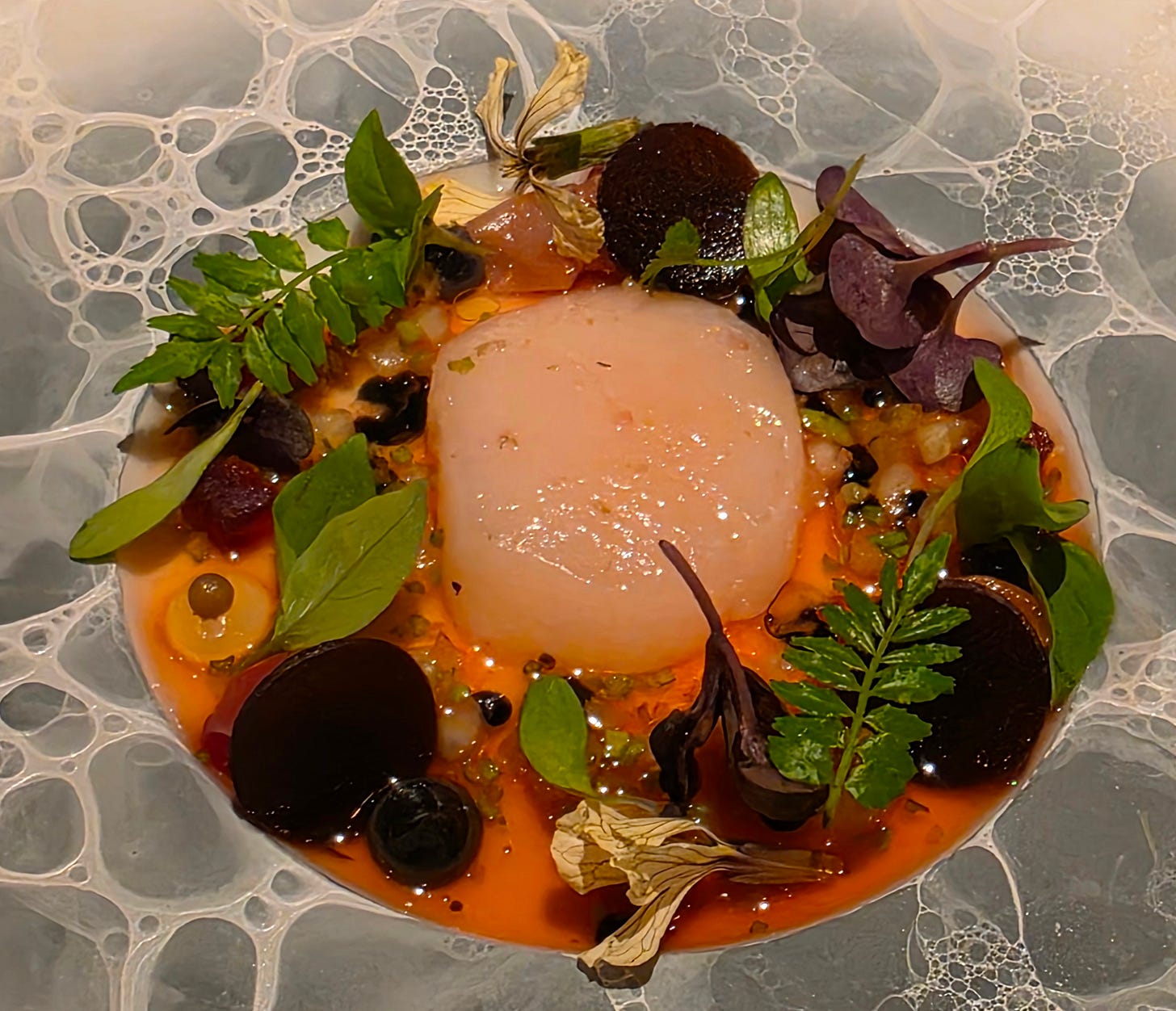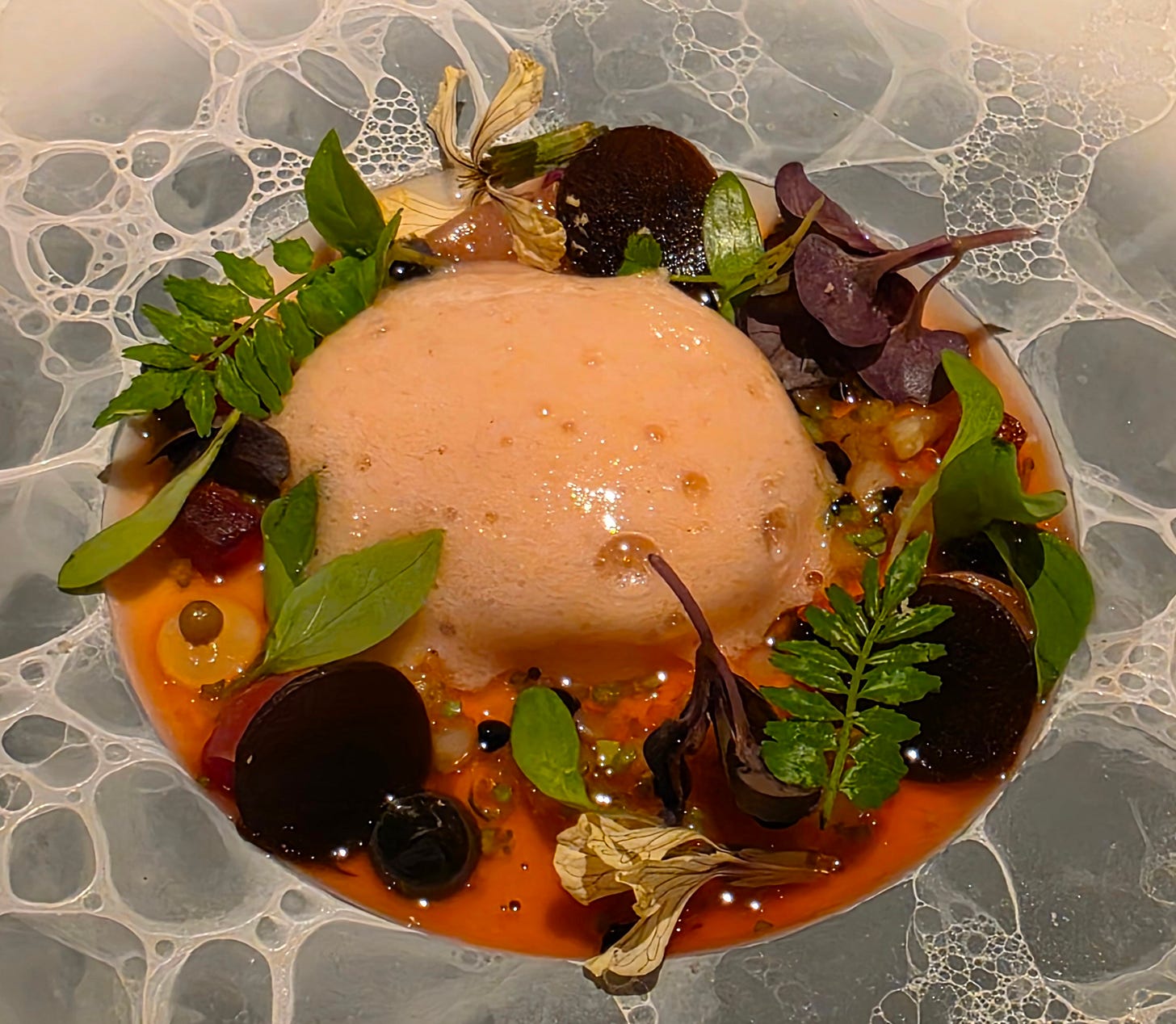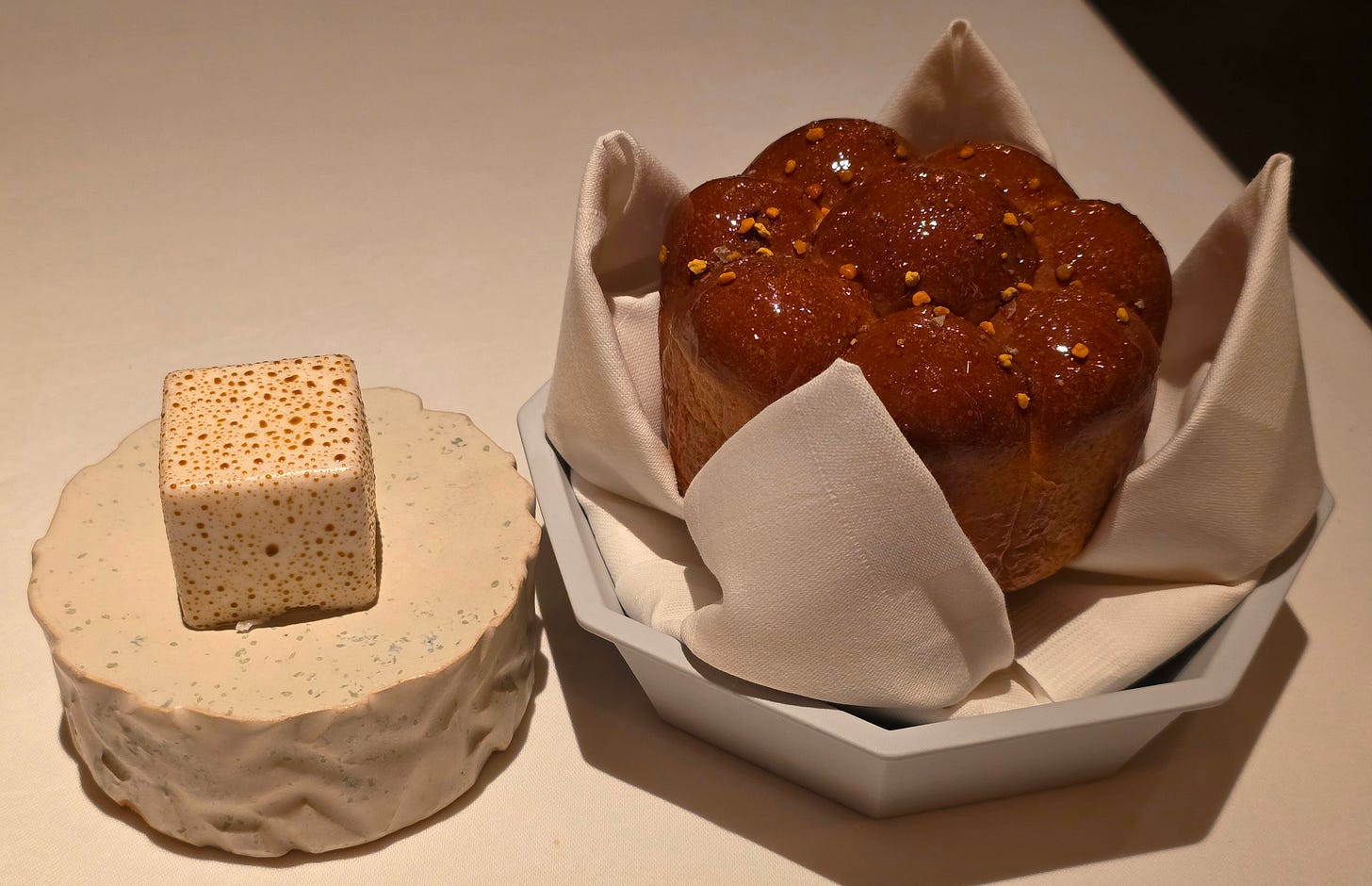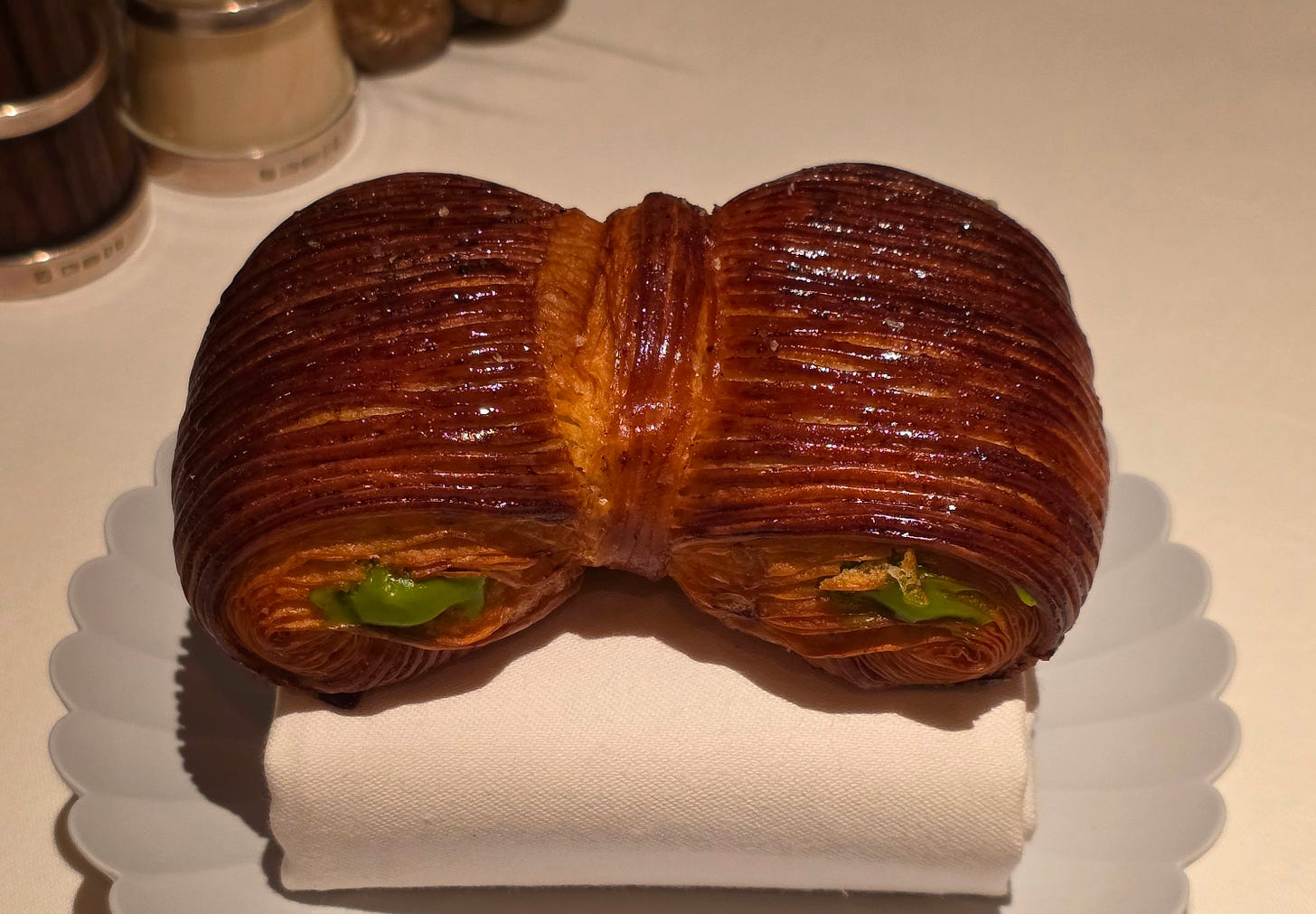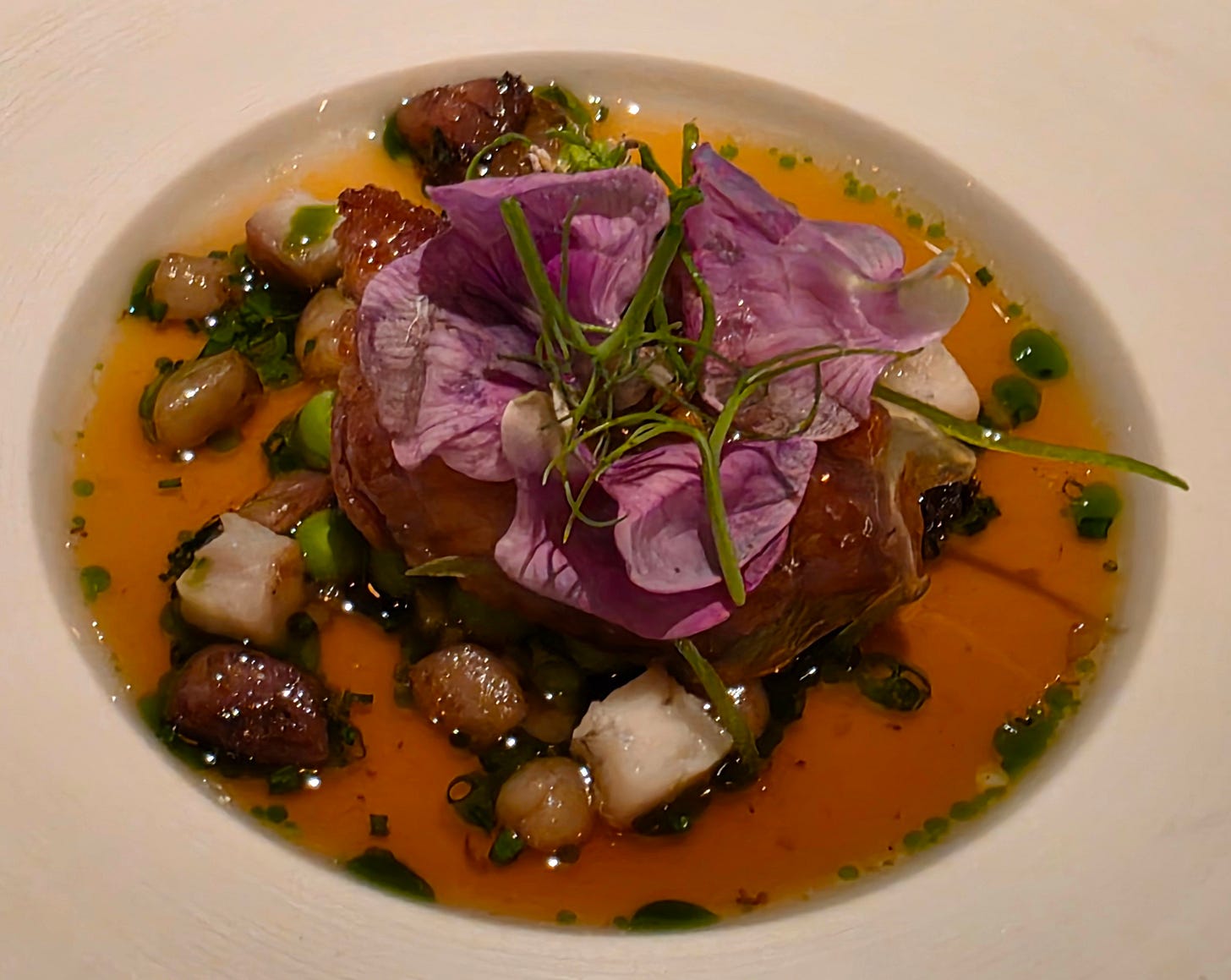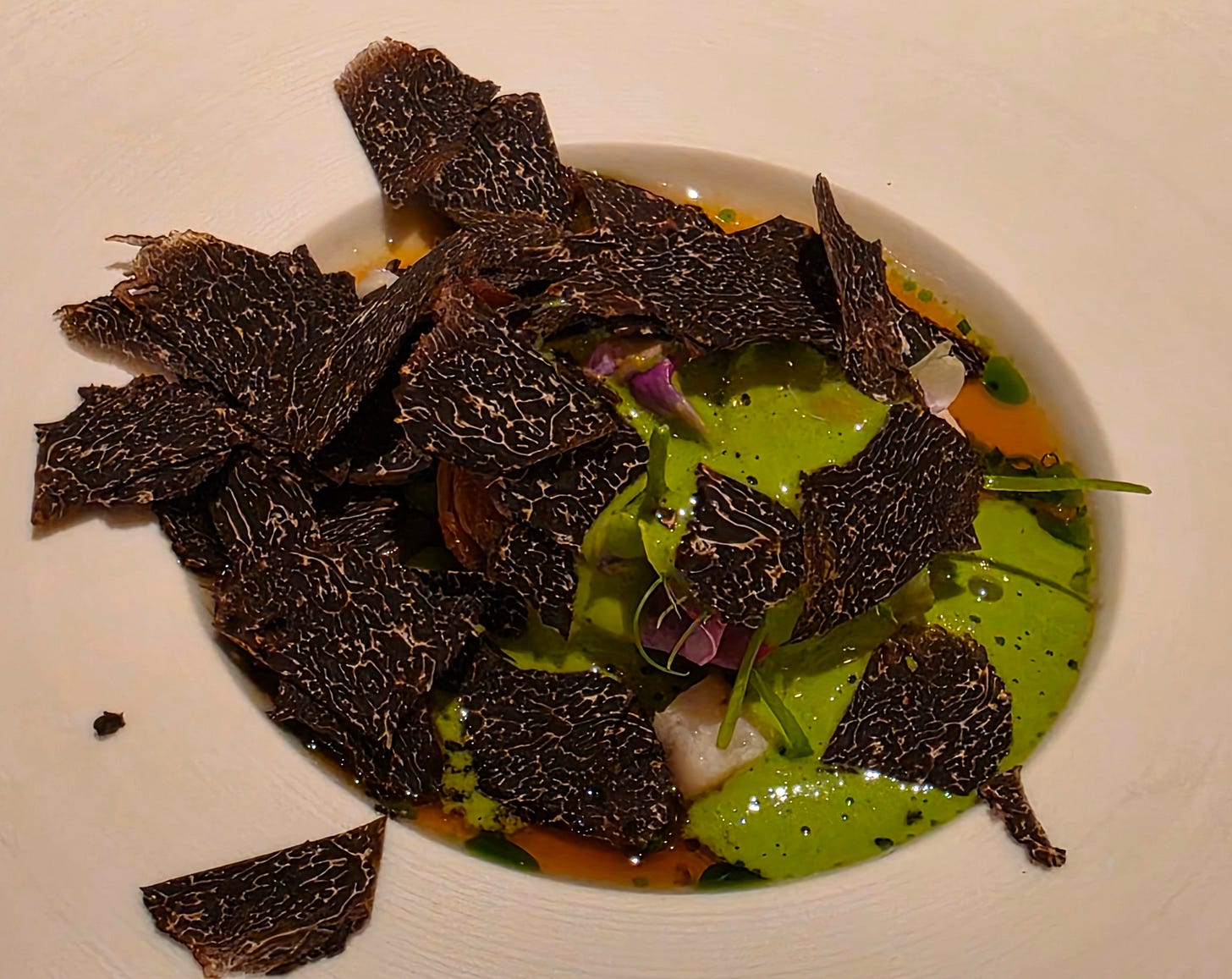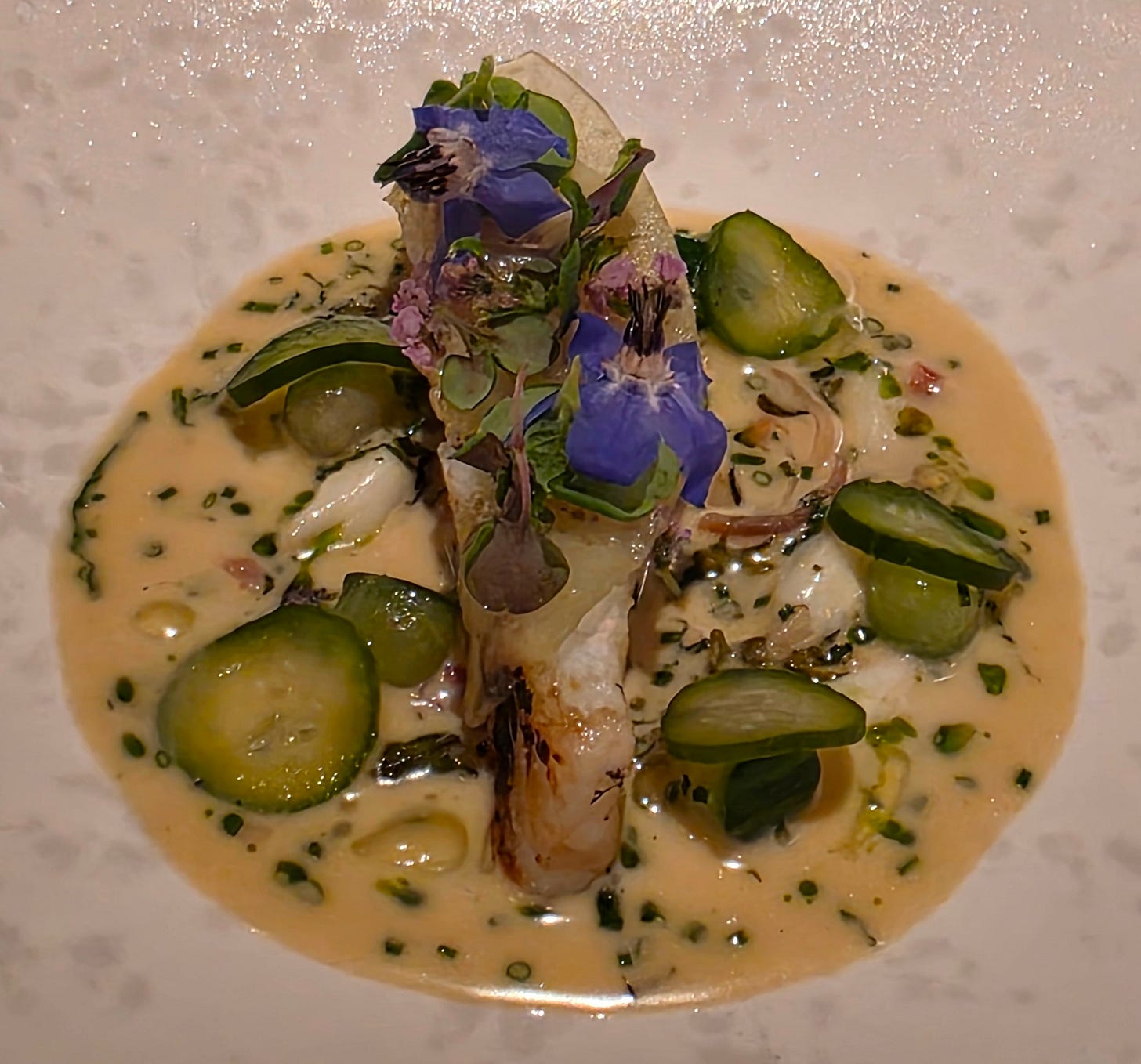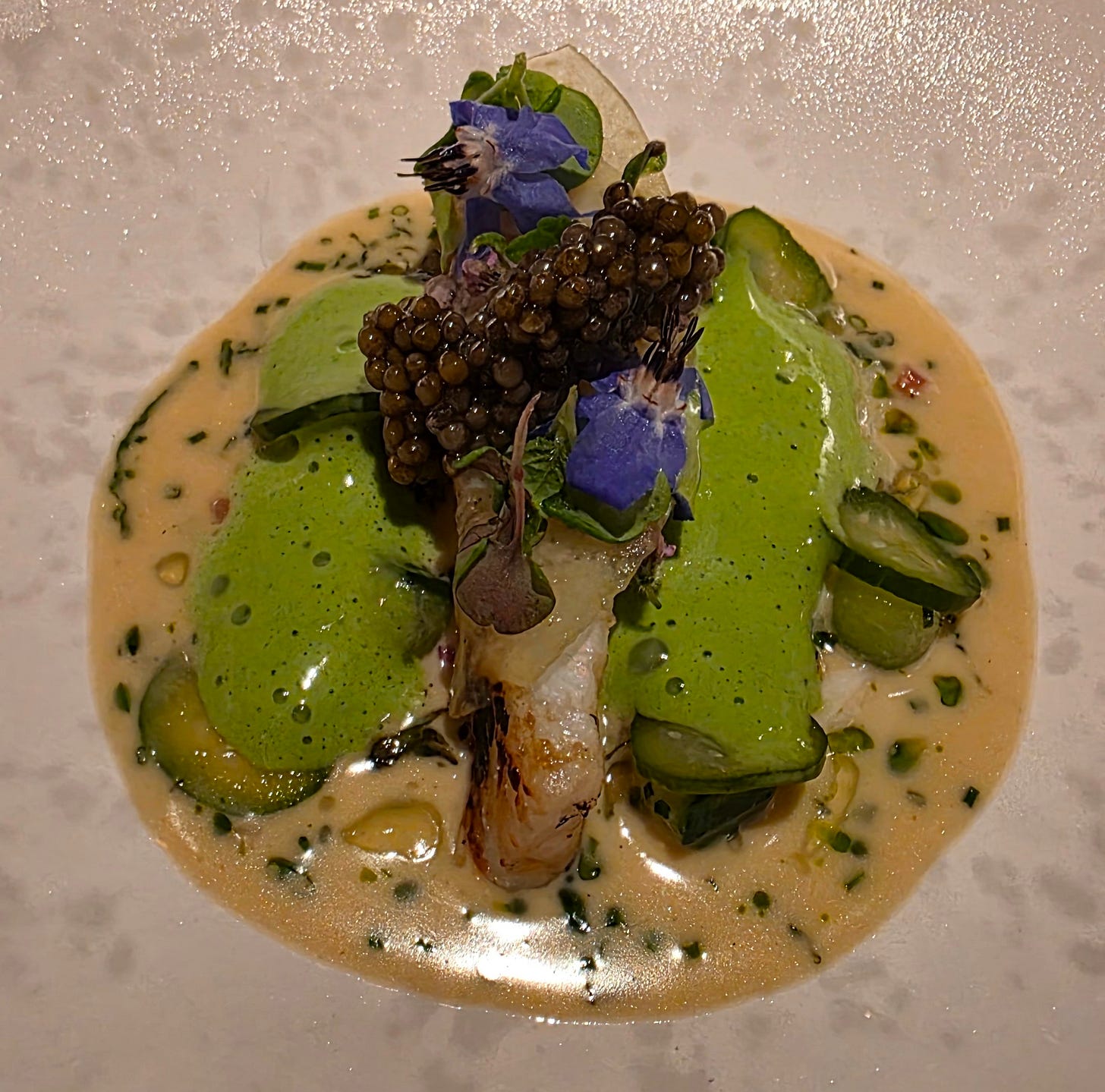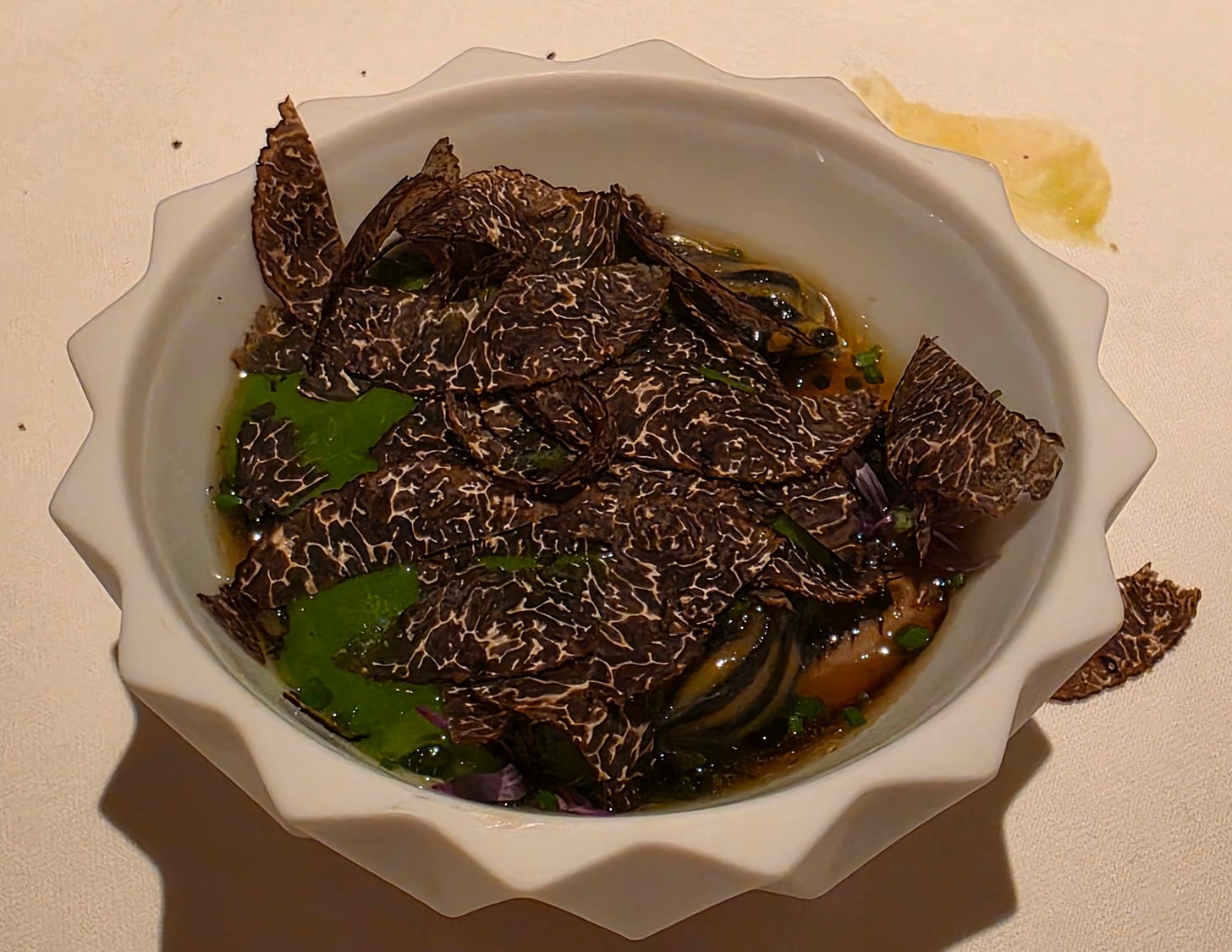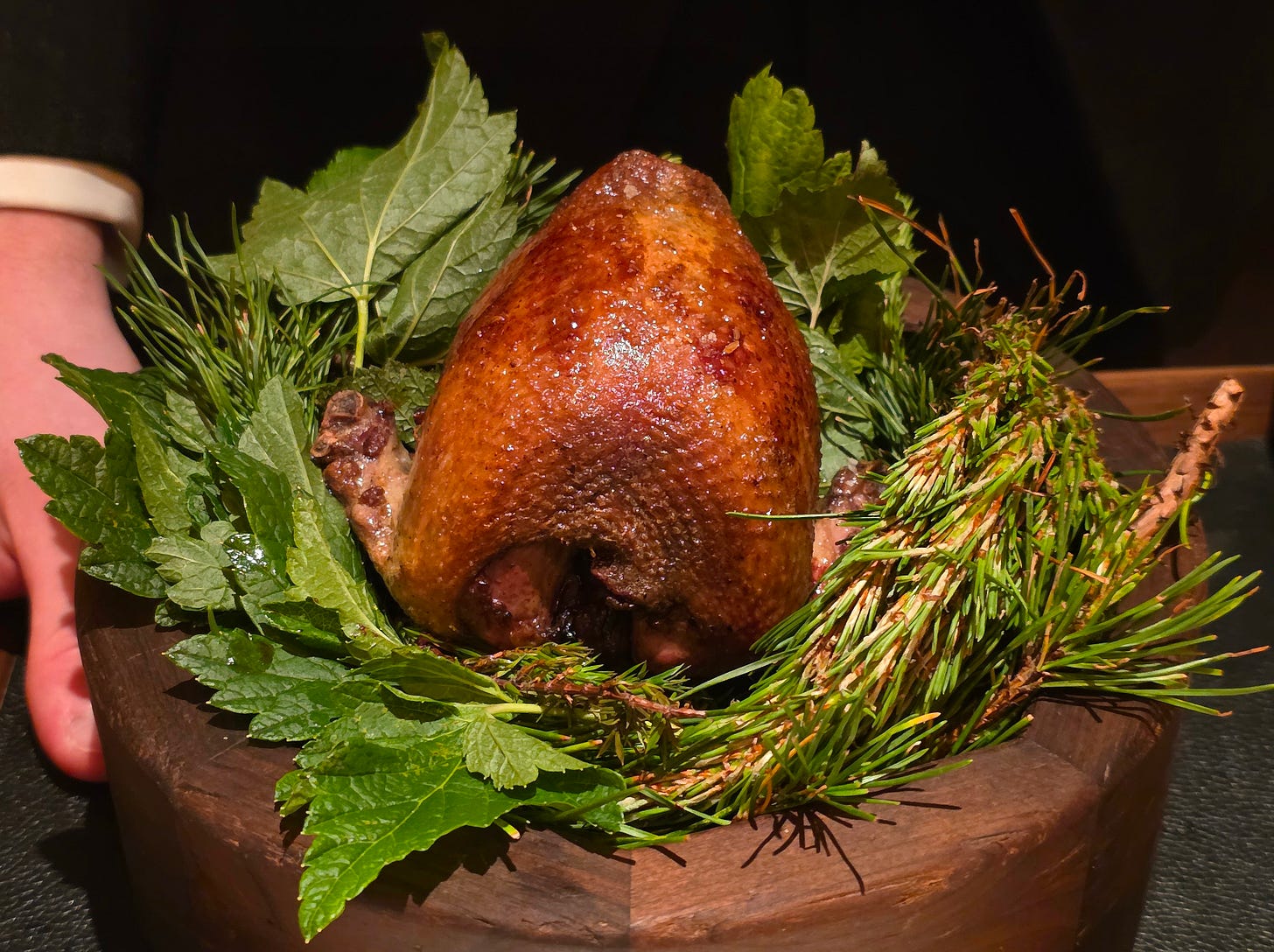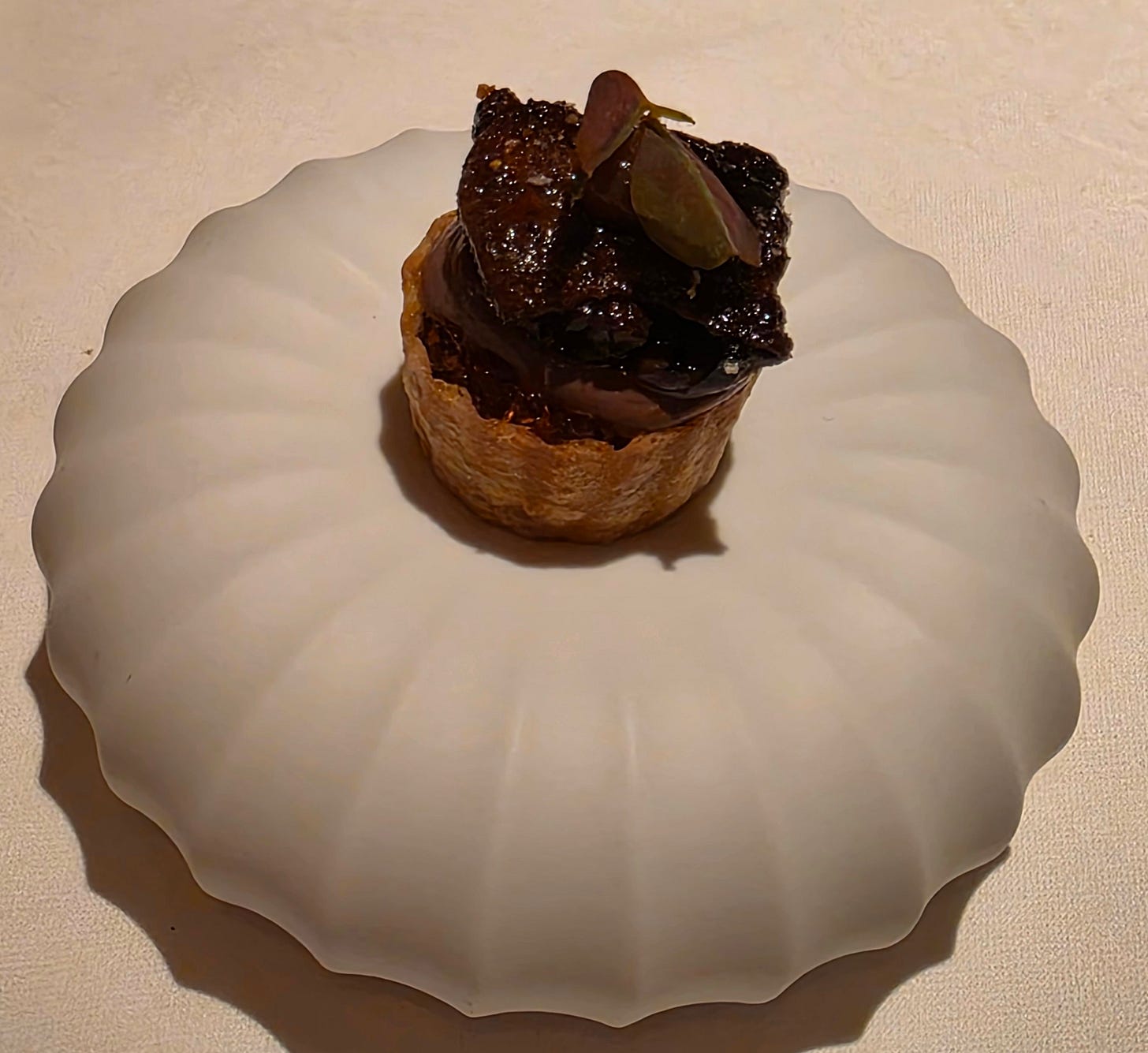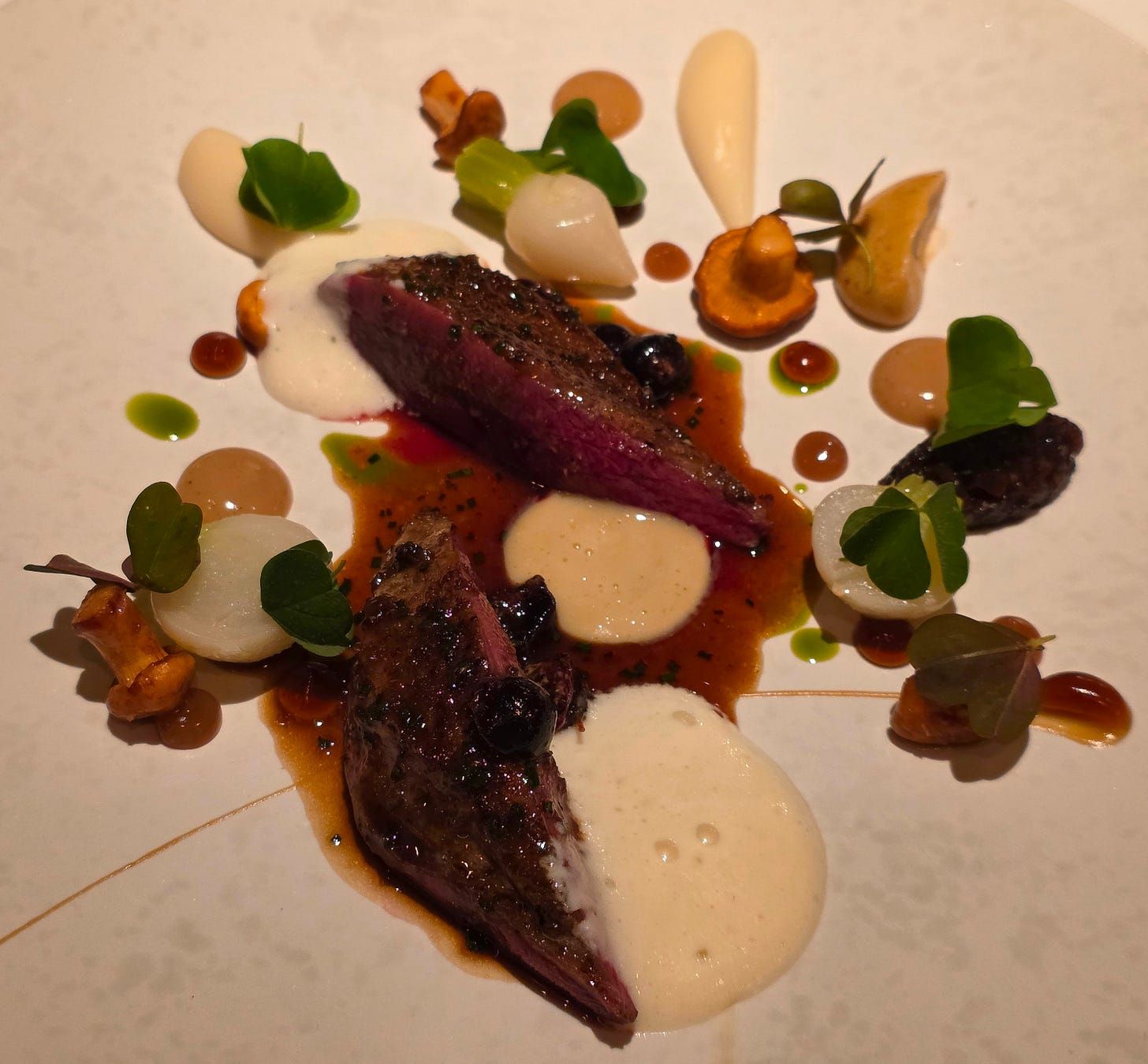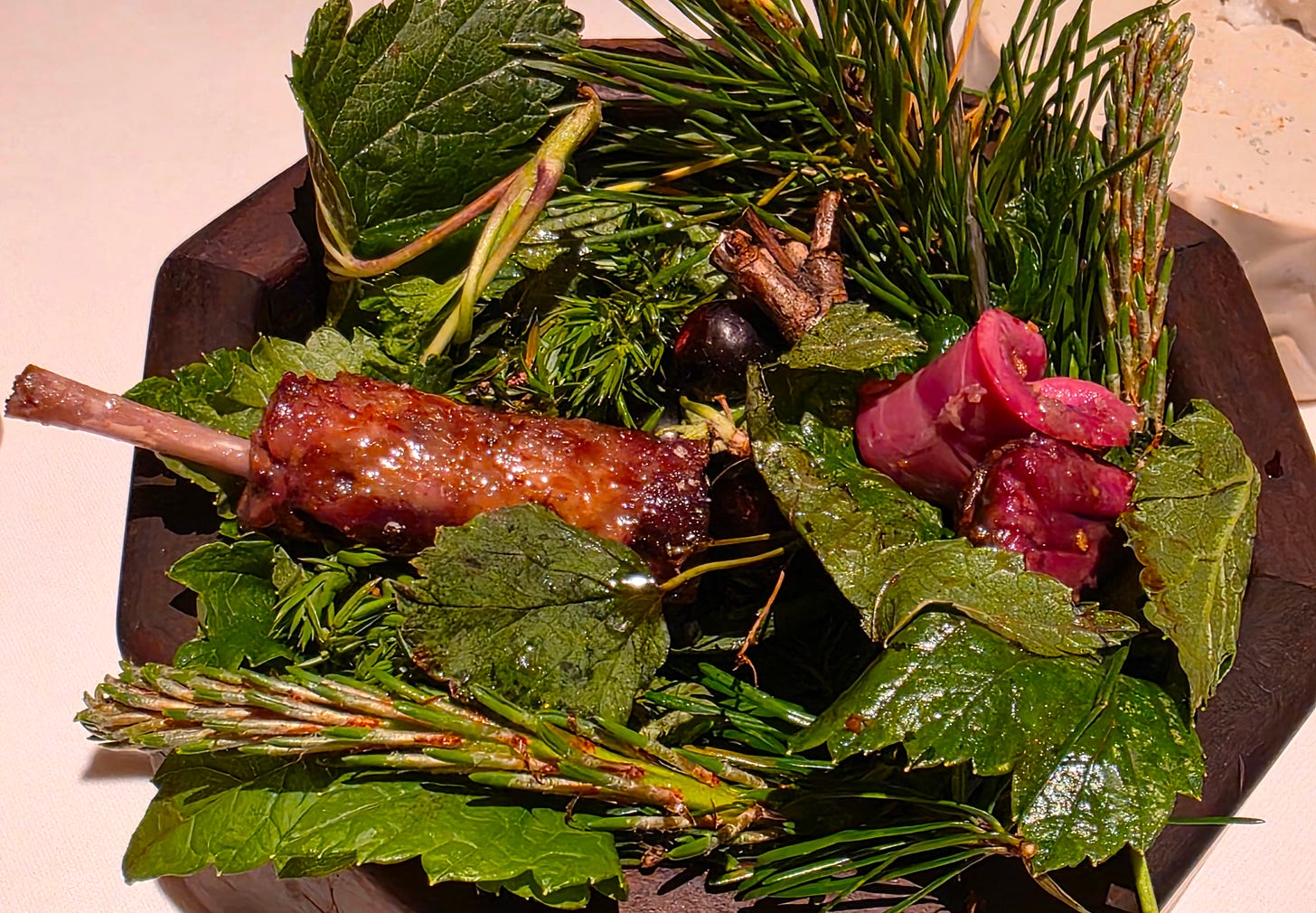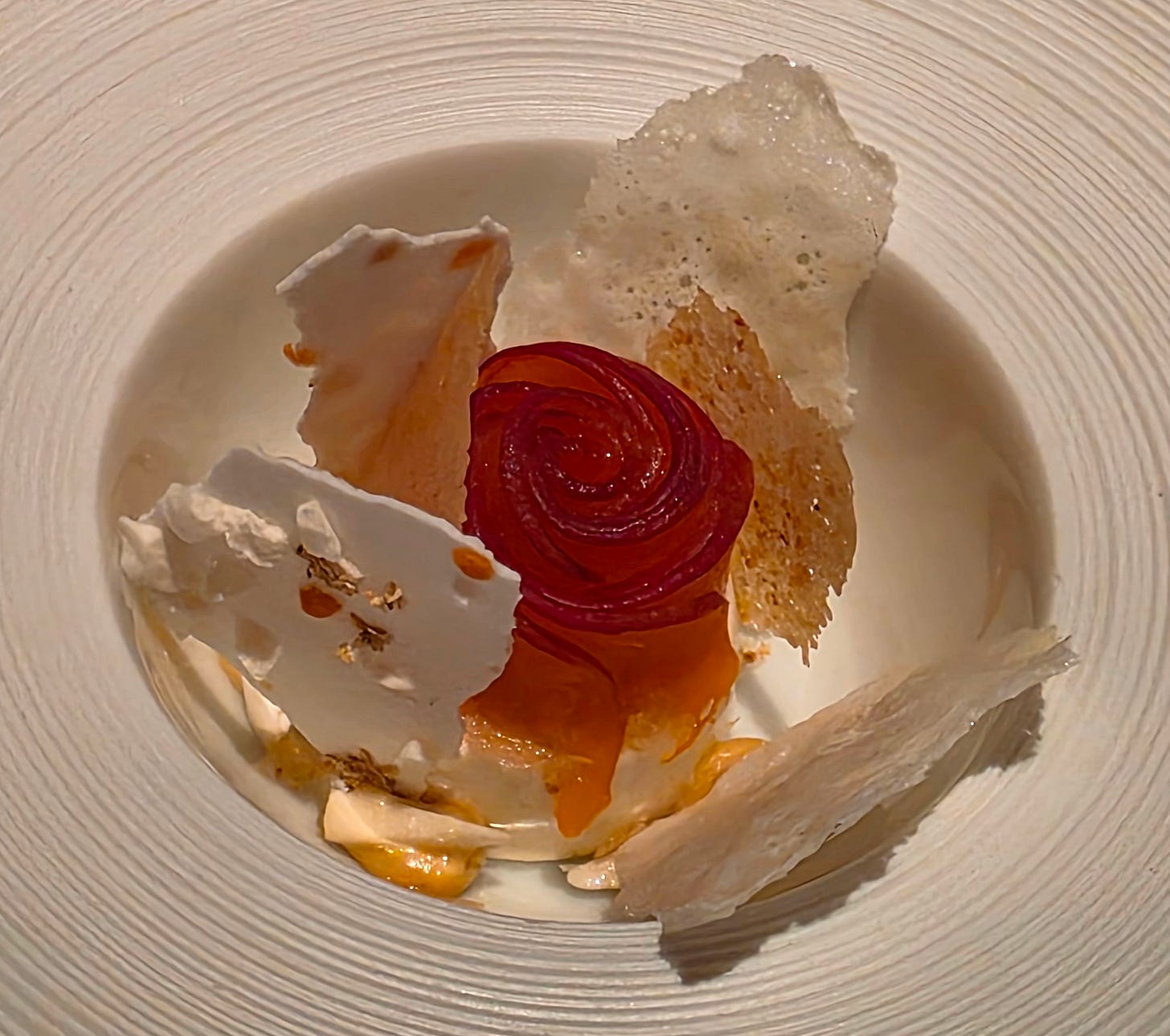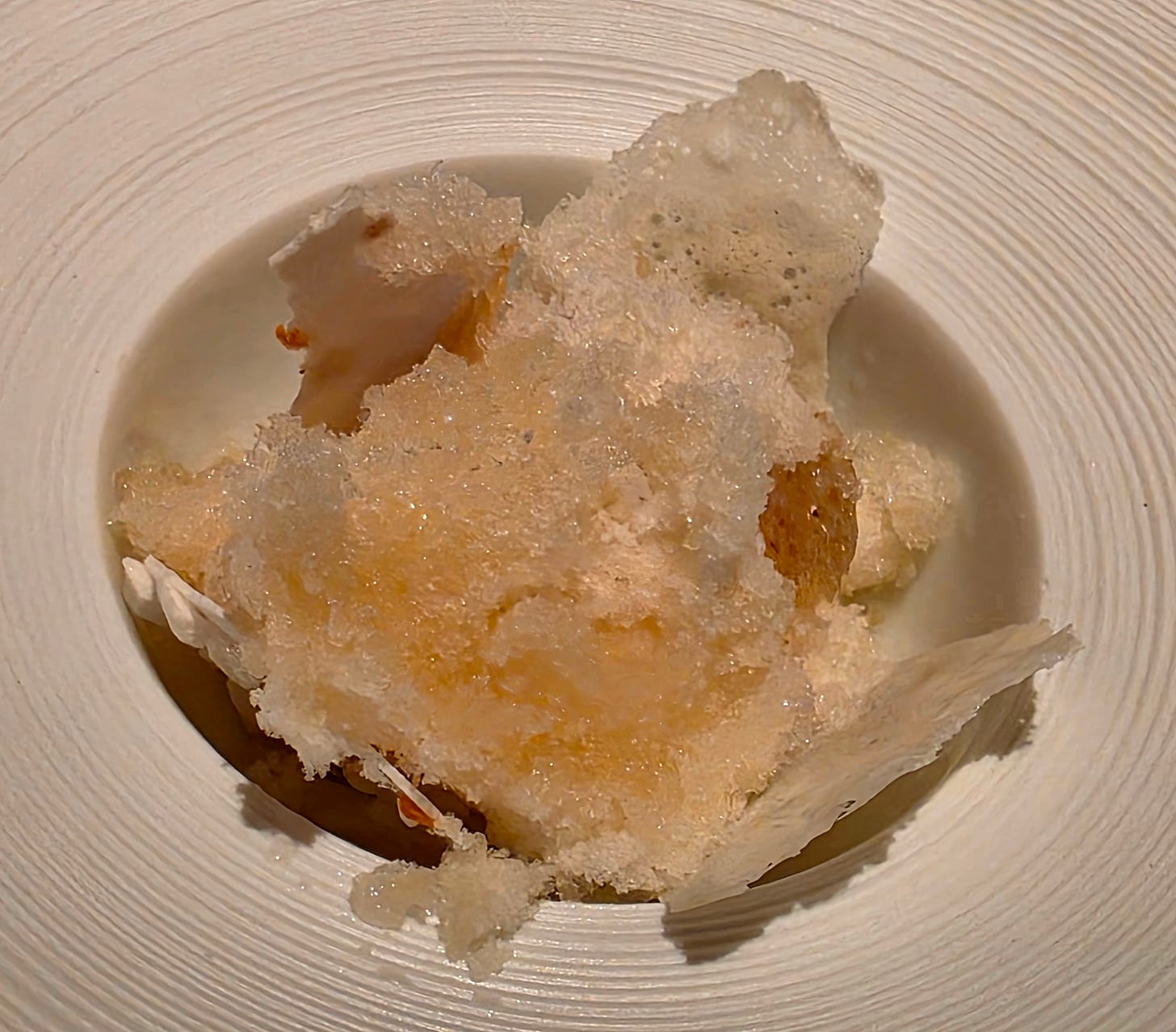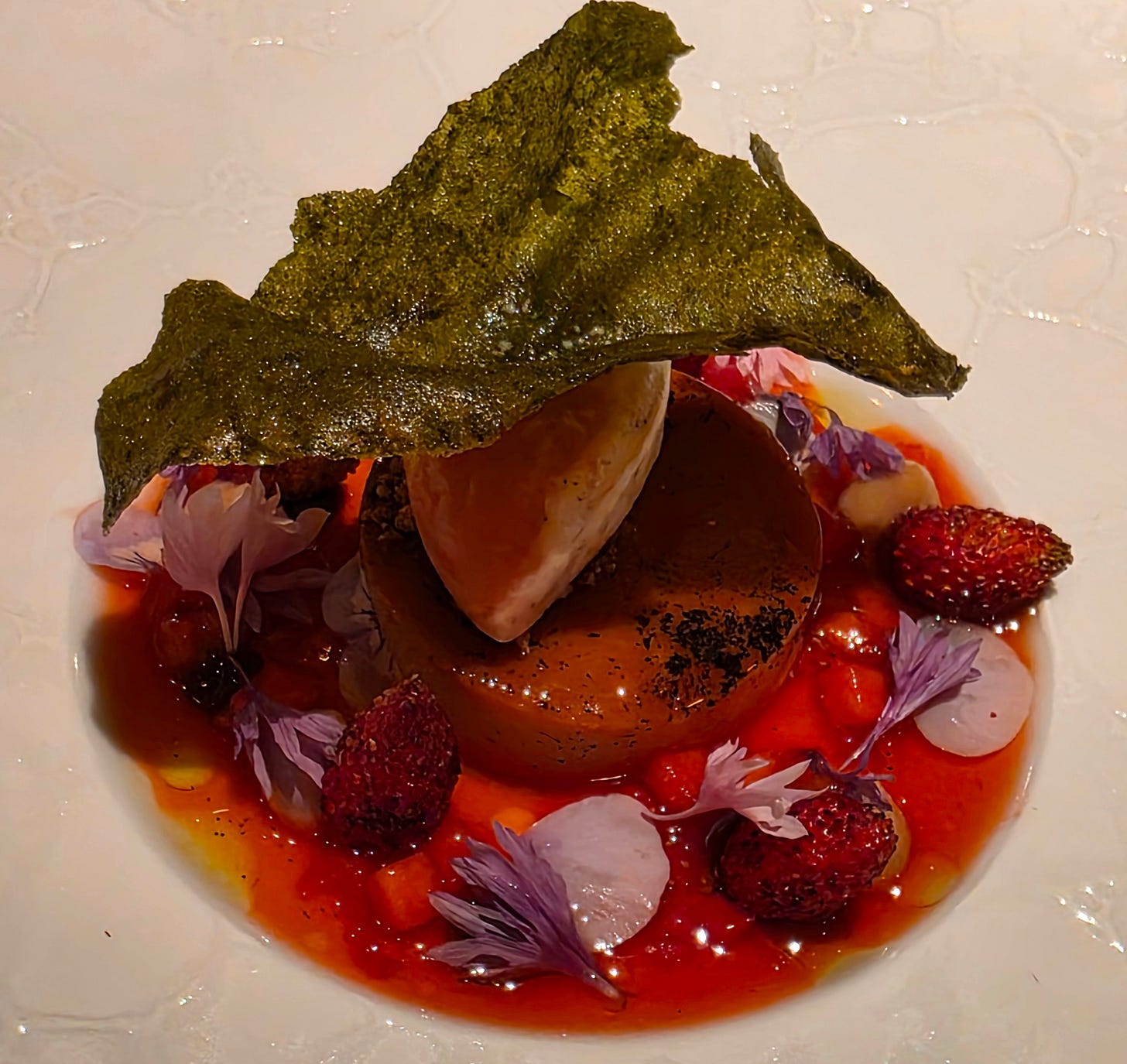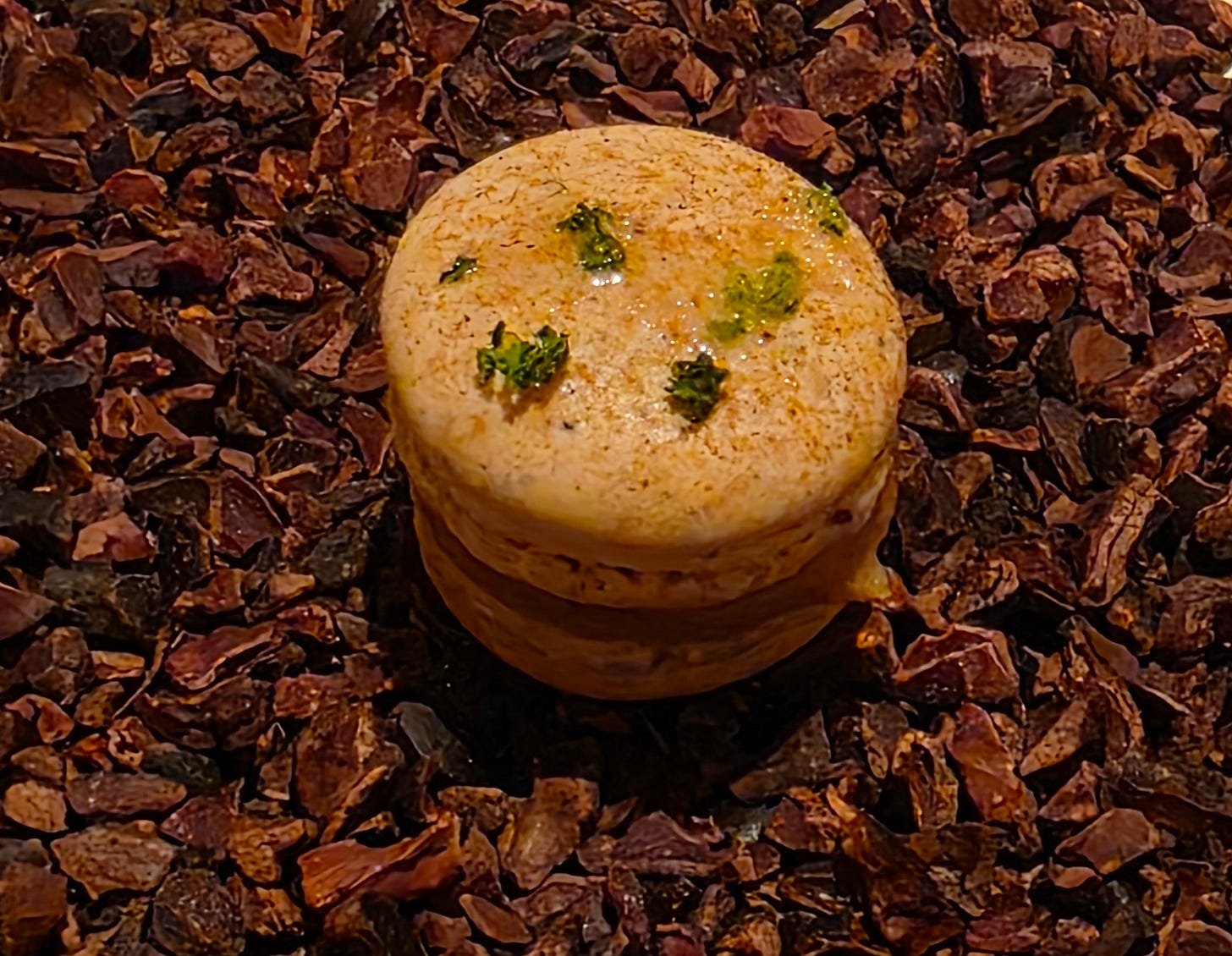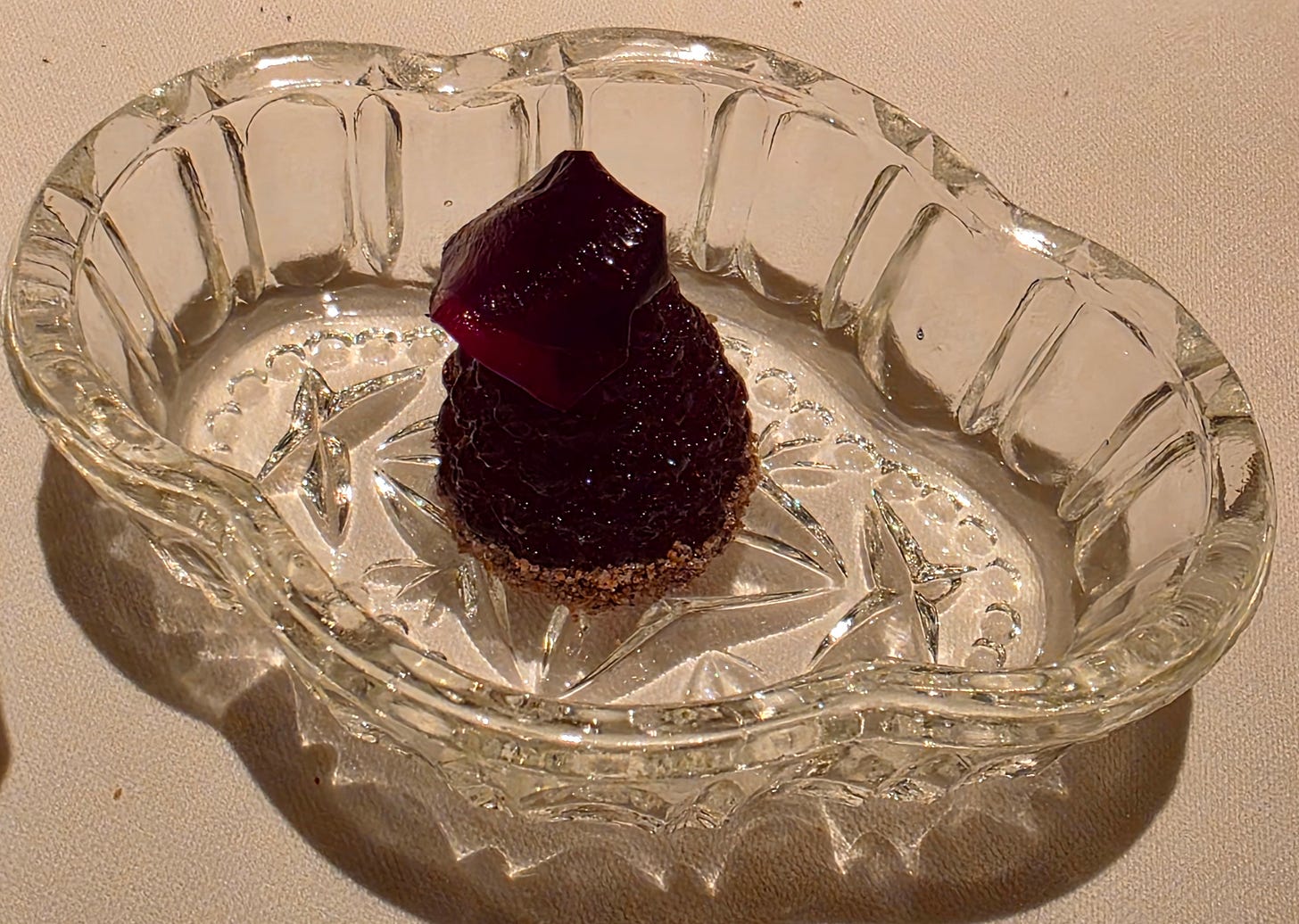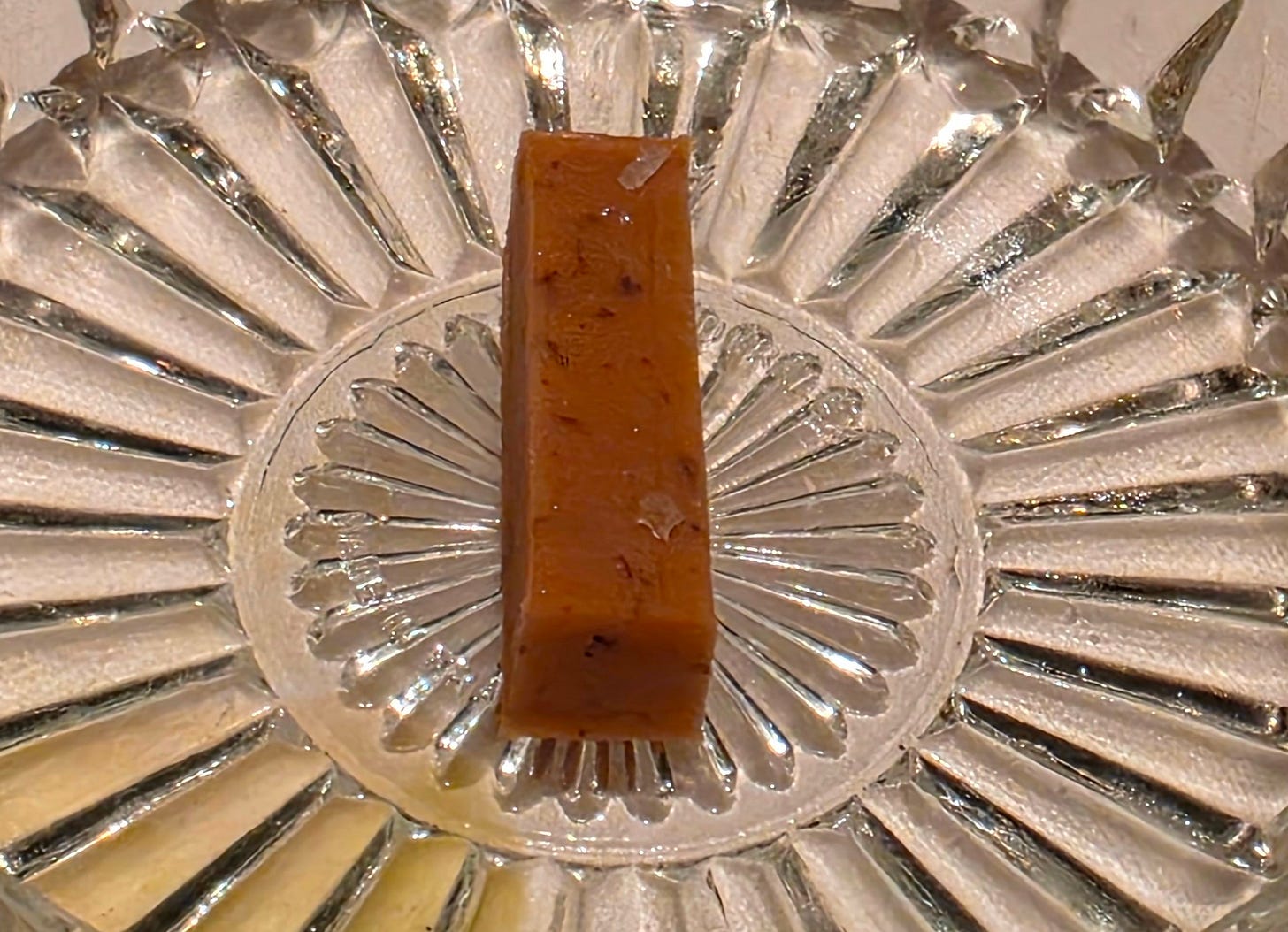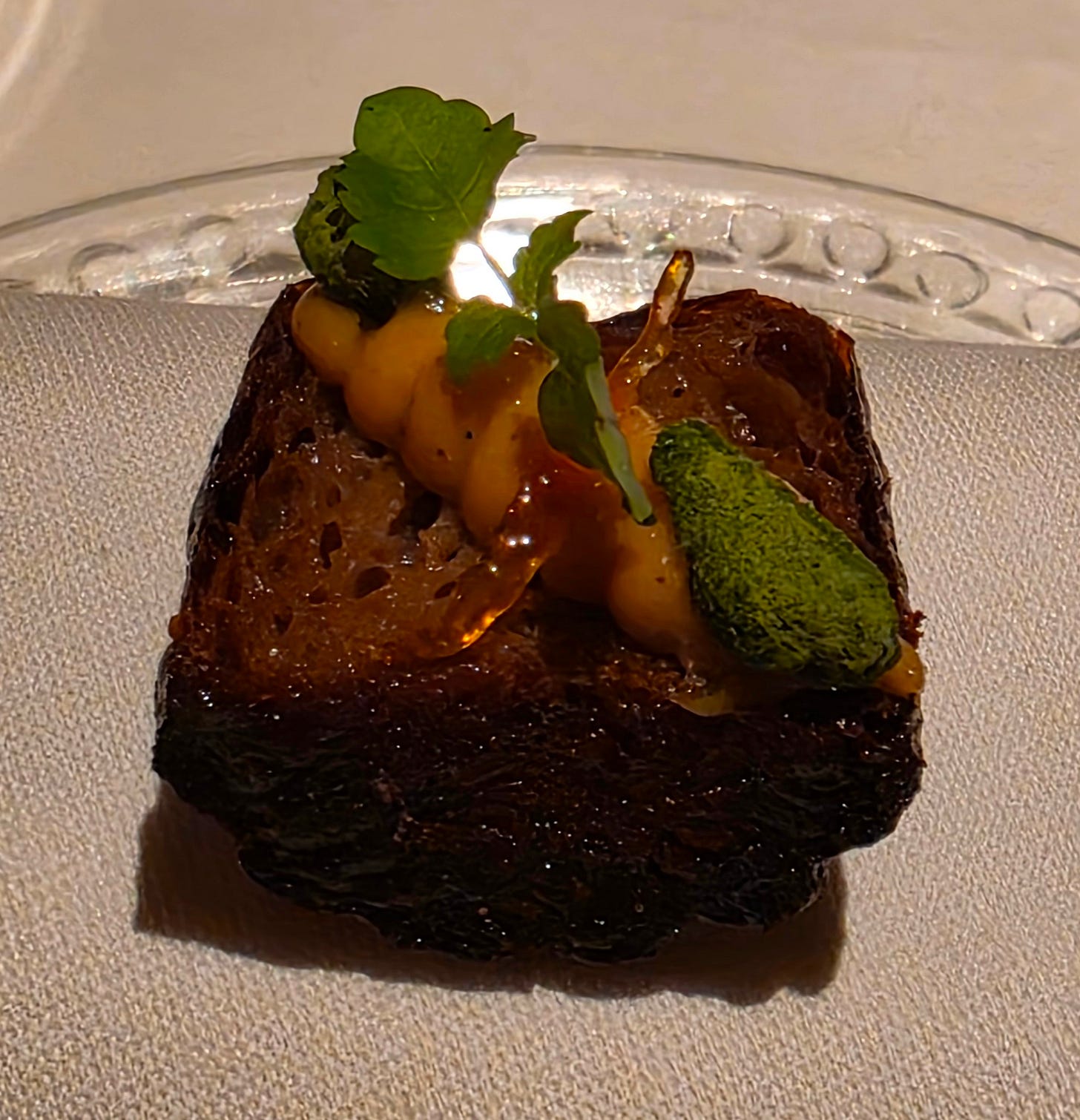The Ledbury
Farm to Table Dining at its Finest in London, UK
Located on a rather nondescript corner in Notting Hill, The Ledbury is a fine dining restaurant renowned for its modern British cuisine with French influences. It emphasizes exceptional seasonal ingredients, many sourced directly by the restaurant, including deer, Jersey cows, and Iberian pigs reared by the chef-patron, as well as house-grown mushrooms from an in-house fungarium.
The Ledbury opened in 2005, founded by Australian chef Brett Graham in partnership with Nigel Platts-Martin and Phil Howard, both associated with the two-Michelin-starred The Square in Mayfair. Located in a discreet Notting Hill spot, it quickly gained acclaim, earning its first Michelin Star in 2006 and a second in 2010. The restaurant became a cornerstone of London’s fine dining scene, known for its focus on British produce, particularly wild game and unique vegetables. It closed in June 2020 due to COVID-19 restrictions, as social distancing was deemed impractical for its small dining room, leading to the loss of its Michelin Stars in 2021. After a nearly two-year hiatus, The Ledbury reopened in February 2022 with a refurbished dining room designed by These White Walls, further reducing capacity for a more intimate experience. It regained both Michelin Stars in 2023 and achieved a third in 2024, cementing its status as one of the world’s elite restaurants. The Ledbury also co-owns The Harwood Arms, a Michelin-starred gastropub in Fulham, reflecting its commitment to quality across different dining formats.
Brett Graham, the chef-patron, is the driving force behind The Ledbury’s success. Born in 1979 in Newcastle, New South Wales, Australia, Graham began his culinary career at 15 with work experience at Scratchley’s on the Wharf in Williamtown. At 18, he moved to Sydney, working under Liam Tomlin at the acclaimed Banc restaurant, where he won the Josephine Pignolet Young Chef of the Year Award in 2002. This award facilitated his move to London, where he joined The Square as a sous chef under Phil Howard for three and a half years. In 2005, at age 25, Graham opened The Ledbury with Howard and Platts-Martin as partners, earning rapid acclaim for his contemporary French cuisine infused with Australian influences and a deep respect for British ingredients.
Graham’s culinary philosophy centers on exceptional produce, often sourced from his own farms. His dishes showcase a balance of classical and contemporary techniques, with a focus on game and in-house grown mushrooms. Known for his low-profile approach, Graham avoids media spotlight, focusing on the kitchen alongside head chef Tom Spenceley (formerly of Sat Bains and Kitchen Table).
Located at a rather empty corner in Notting Hill, the Ledbury stands out for impeccable neatness, both inside and out. A perfectly manicured yard, perfectly swept walkways, and garbage cans lined up to the millimeter. The main door leads to a intimate dining room, and in a break from many contemporary restaurants, the kitchen is hidden in the back, and patrons have no direct visibility of the happenings in the kitchen.
The path downstairs highlights a fungarium, growing mushrooms that will be served in the dining room upstairs.
Still a bit jet lagged, I decided to pass on the wine pairing, but whenever I see a fat-washed Old Fashioned, it’s hard to resist. In this case it was a Brown Butter washed Old Fashioned sweetened with maple syrup. A neat take on the classic cocktail.
Normally, I detest the upsell of a “optional supplement”. In this case, we were just in the start of the winter truffle season in Australia, and they managed to acquire massive specimen for a 50 pound supplement to the dishes on the tasting menu. After smelling the tantalizing earth aroma, naturally, I acquiesced.
The cold canapes started with a rye cracker topped with duck liver with a thin layer of pinecone powder, an ingredient that I’ve never heard of before. Crisp cracker, with the richness of the duck liver and hints of sour from the pinecone powder. Odd.
Next, a scorched red mullet and lovage tart. Sour, intensely briny and surprisingly intense for a canape.
Two piece of homemade cured meat - one piece of bresaola made from the lean loin, and another made from the fatty loin. The leaner one had a bit of crunch from the salt crystallizing in the meat.
Moving to the hot canapes, a delicious savory donut topped with beef tartare a a single slice of black truffle. It would’ve been neat if they could inject the beef tartare into the donut instead, almost like a beef-filled timbit.
The final canape was a langoustine tempura on a kombu leaf, served with a langoustine head hollandaise. Incredible crunch on this one - I think they used a combination of tempura and glutinous rice flour to produce the coating on this one. Perfect use of the otherwise discarded bits of the langoustine to produce the dipping sauce. Delicious!
The first course was the Cornish crab, a light, refreshing dish with a citrusy nectarine sauce, and a cold herbal sorbet. A crustacean and dashi jelly lined the bottom of the dish, adding a bit of brininess and complexity to the dish.
Next came the Isle of Mull Scallop, topped with fresh grated English wasabi and a tomato kombucha foam. Served on the side, a garden of dried persimmons and micro-herbs on a wild strawberry and tomato sauce base. Definitely highlighting the tomato in this dish, it was quite acid forward, and a bit unexpected for a scallop dish.
The bread course, with a sticky Japanese milk bread served with a perfect cube of goat whey butter sprayed with molasses. Neat texture on the butter, there was a bit of graininess closer to goat cheese than normal butter. Really neat and the subtle hint of sweetness of the molasses added to the richness and tanginess of the butter which complimented the delicately soft milk bread well.
For a savory bite, a garlic bechamel filled croissant, fall apart flaky, and a rich and decadent combination I’ve never seen before.
Moving on to the sweetbread, first steamed then roasted until crispy. Served with diced smoked eels in a watercress and ale broth with English peas all hidden by a generous shaving of black truffle .
One of my highlights of the night, the king of fish, a wild Turbot, double sauced with a parsley sauce and a sauce made from the bones and trimmings of the Turbot along with some pickled cucumbers. Topped with a scoop of Beluga caviar. Absolutely perfect - rich, with acid to cut through it, perfectly done fish just starting to fall apart on the fork, herbal complexity in the sauce.
The mushrooms being grown downstairs in the fungiarium made an appearance, served with a ricotta custard and nettle velouté, complimented with yet another fungi, the Australian black truffle. Warm, rich, comforting and filling, it reminded me a bit of a Japanese chawanmushi in texure.
The main course made its appearance, an Anjou Pigeon aged in blackcurrant leaves served in three ways. The blackcurrant would be a motif that would be repeated across each preparation.
Firstly, a tart filled with the pigeon offal and blackcurrant jelly. Gamey, with the minerality and richness of offal.
The main preparation of the pigeon breast with a sauce made from the pigeon bones and blackcurrant, double sauced with a sauerkraut velouté. The plate was intricately dotted with thin discs of turnips, cep mushrooms and a sauce made from a French version of an Indian masala mix, the Vadouvan.
The final preparation was a confit pigeon leg, served with grilled skewers of heart and more offal.
The pre-dessert was a rose formed with thin slices of apricot topped with an elderflower granita, with thin sheets of méringue for texture. Underneath the rose was a thick almond cream and a disc of apricot seed semifreddo. Huge hit, mix of textures and flavours. I liked this more than the actual dessert.
A wild strawberry dessert with strawberry sauce, wild strawberries, a strawberry sorbet and a dense creme caramel. Floral and bursting with flavour. Not as elegant as the pre-dessert, but great nonetheless.
Finally, the petit four:
a mushroom macaron, a callback to the fungarium downstairs
a barely solid raspberry jelly
a dense piece of fudge
a half a canelé - I didn’t manage to catch the sauce on top of it, but there was definitely a piece of candied orange peel
Overall, a really great experience. There wasn’t a single dish that I could really fault. Really top notch execution and unique takes on dishes I’ve never seen before. I wouldn’t say it was mind-blowingly amazing, but it definitely hit above my expectations and well worth a visit.
Total damage: 383 GBP/person


